___________
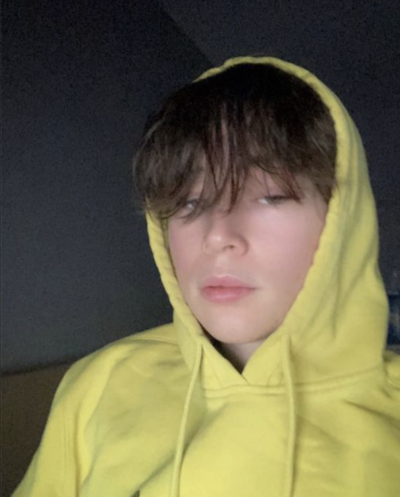
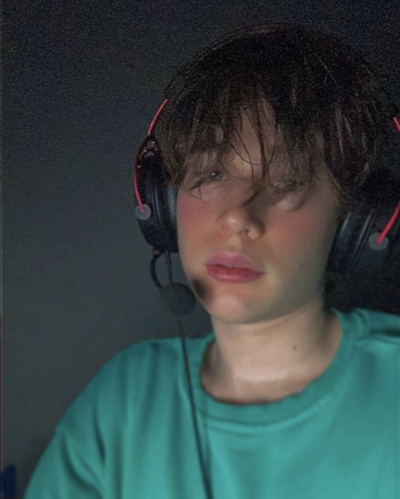
YouWantMeAnd-iKnowit, 20
Bordeaux
Here are my rates:
Get blowjob (10€)
Get anal + fellatio, kiss (with tongue), hug etc … (20€)
Get/give blowjob plan on both sides + get rimmed if interested (15€) no time restriction
Video everything (10€)
Cheap, I know, but I am 20 years old and I am very, very sexual
Guestbook of YouWantMeAnd-iKnowit
Malepignoselover – Oct 7, 2022
I have a specific fetish but it’s okay if you don’t want me to contact you at all or anything. I love malepignoses that’s my kink. I love it when cute boys pulling their nostrils up like a pig the most. It’s really hard to find a cute boy who does this. I’m looking so hard for it though and I’m gonna keep looking for it.
melancholyslut – Oct 4, 2022
I confirm you are cute and to whomever gave birth to you I can only thank them.
YouWantMeAnd-iKnowit (Owner) – Oct 2, 2022
What’re you talking about (!!!), I’m cute, everyone thinks so (!!!), what do you know (🖕), yeah I make weird faces during sex but so does everybody
mthrfckr – Oct 2, 2022
I’ve seen a lot of profiles on here like this one with boys saying that they are cute then I see their picture and they are obviously wrong.
nowornever29 – Oct 2, 2022
He’s not as cute during sex.
YouWantMeAnd-iKnowit (Owner) – Oct 2, 2022
Yes I know I‘m cute you don‘t have to tell me
Body Type Slim
Ethnicity Caucasian
Body Hair Little hair
Smoker Socially
Tattoos No
Piercings No
Languages French, English
Position Bottom only
Dick M – Uncut
Dirty Yes
Fisting Passive
S&M Yes
Kissing Yes
Safer Sex Let’s talk
Hourly Rate On request
Overnight Rate On request
____________
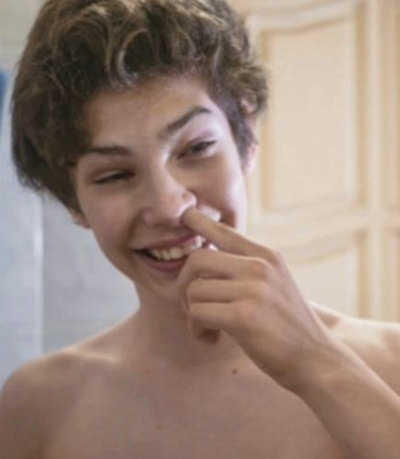
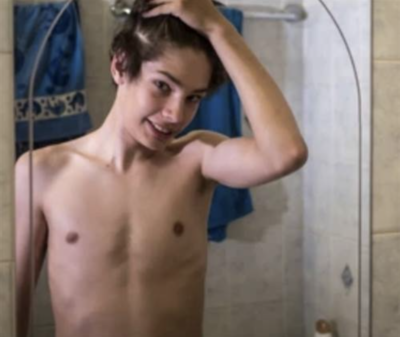
GrossFetishLad, 19
Buenos Aires
Hi. I want to try combining my fetish with my need for extra money and see what the hell happens.
I’m a sweaty guy. I fart when I laugh. Hmu if you’re a gross perv, I want you as weird as possible. No tame shit. Love picking my nose and feeding other guys. I’m into guys eating my shit and piss, inhaling my farts, drinking my snot and spit and sweat, musk, inhaling my bad breath and burps.
When your stomach’s almost full my cum might become available.
Guestbook of GrossFetishLad
batter – Oct 12, 2022
I live on the beach. You could be the son☀️ to light.
iamtim – Oct 10, 2022
I can only say mega how his young body squirted and leaked and sprayed and extruded everything it has into my mouth with relish. I swallowed everything, and it was very tasty.
GrossFetishLad (Owner) – Oct 8, 2022
I also want to get laid and eat a girl’s pussy until she cums in my mouth, any girls here who want to volunteer, I’m not picky.
Body Type Slim
Ethnicity Spanish
Body Hair Smooth
Smoker Yes
Tattoos No
Piercings No
Languages Spanish, English
Position Prefer not to say
Dick L – Uncut
Dirty Yes
Fisting No
S&M Yes
Kissing Yes
Safer Sex Let’s talk
Hourly Rate 100$
Overnight Rate 1000$
____________
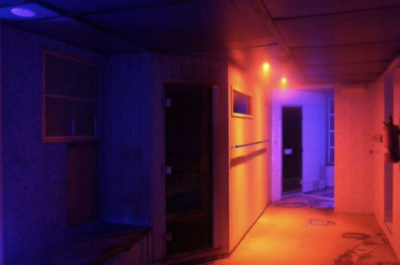
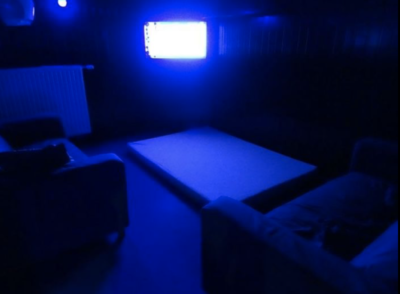
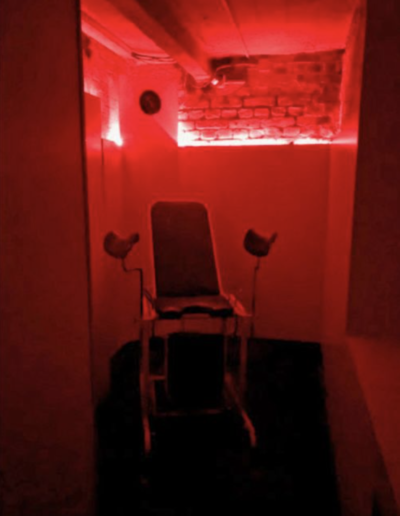

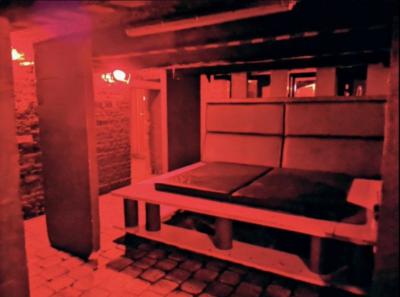
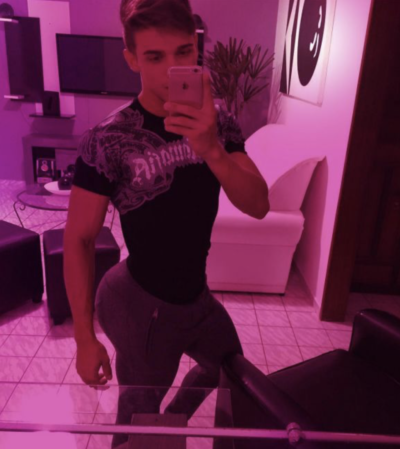
Sacred, 23
Manchester
I have recently finished transforming a large three bedroom apartment in central Manchester into a sexual wonderland that I have named Sacred.
I am not in regular work currently and so I am making myself available as a sex toy at your convenience within Sacred’s confines.
Besides being pretty, I’m Oxbridge educated without being an arsehole, save that I am what you eat.
I’m genderfluid, and I am entirely passable as a hot-to-trot straight woman, or as a dumb bitch gay boy filled with cock or a straight man stuffing you full of cock, or something in-between.
What do You want? If you don’t know, I have a number of suggestions…
Guestbook of Sacred
Sacred (Owner) – Oct 12, 2022
If you smoke cigarettes it is permissible outside.
smilyface – Oct 12, 2022
I liked fucking him. Because I was in the mood, I also liked getting fucked. Who cares.
SergioXXX – Oct 9, 2022
I thought he was on the phone!!!!!
Felix – Oct 9, 2022
He’s hot but kind of crazy and talks to himself the whole time which is especially eerie in that scary fucking apartment.
tryeverythingtwice – Oct 6, 2022
This over-sensitive, witless yet pretentious and stubborn piece of trash has incredible anal tissues and it feels so good inside.
Sacred (Owner) – Oct 3, 2022
Before you complain about the price please note my amazing ass, thank you.
Body Type Athletic
Ethnicity Caucasian
Body Hair Shaved
Smoker Socially
Tattoos No
Piercings No
Languages English
Position Versatile
Dick L – Cut
Dirty No
Fisting Active/Passive
S&M Soft
Kissing Yes
Safer Sex Rarely
Hourly Rate 200€
Overnight Rate 350€
____________
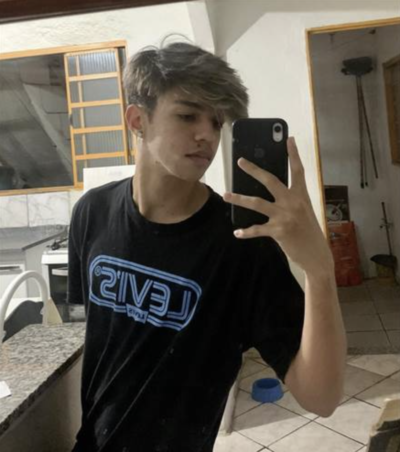
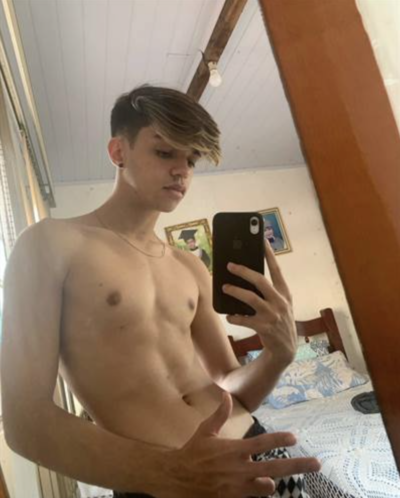
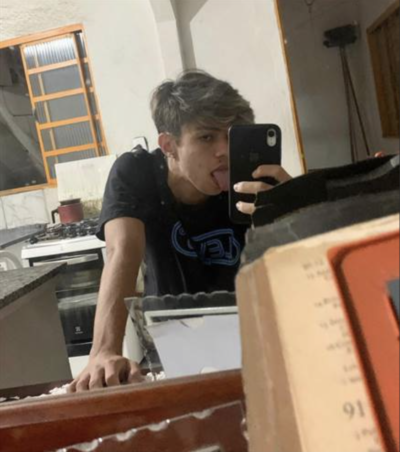
ENOUGHALREADY, 19
Istanbul
My coming out as gay is scheduled for Monday.
I decided not to hide anymore.
I want to feel a body in my body.
If you’re old you better give me a good reason.
Guestbook of ENOUGHALREADY
ENOUGHALREADY (Owner) – Oct 10, 2022
It turns out I’m a great fuck and I’m back to recommend myself!!
ENOUGHALREADY (Owner) – Oct 1, 2022
From 45 onwards you’re an old man! I don’t like estates either! So don’t mess with me bro!!!
Body Type Slim
Ethnicity Arab
Body Hair Shaved
Smoker Yes
Tattoos Yes
Piercings No
Languages Turkish, German, English
Position Versatile
Dick L – Uncut
Dirty WS only
Fisting No
S&M No
Kissing Consent
Safer Sex Let’s talk
Hourly Rate 80€
Overnight Rate On request
____________
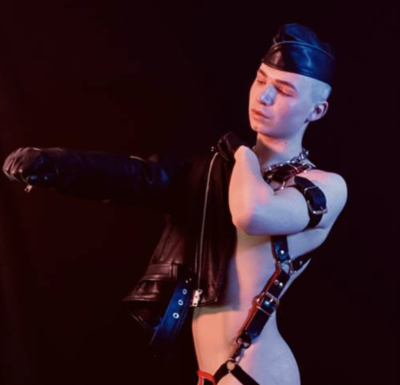
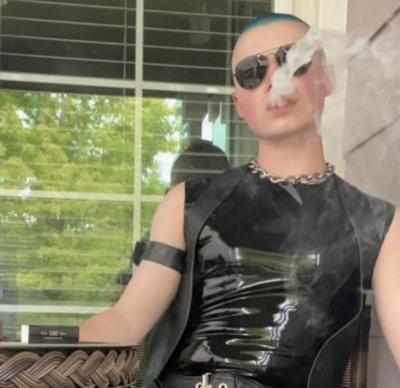
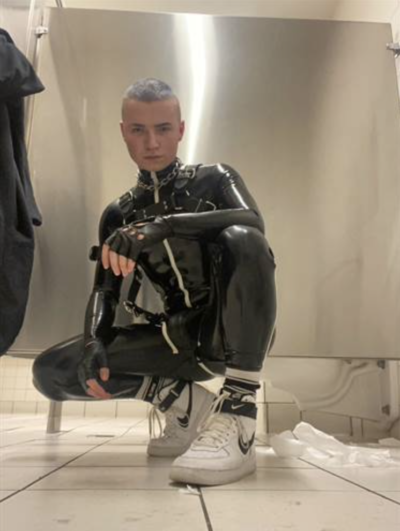
prey, 19
Birmingham
RECKON YOU HAVE WHAT IT TAKES ENOUGH TO FUCK A TOUGH HARDENED PUNK LAD WHO IS USED TO VIOLENCE AND BEEN INSIDE? HIT ME UP BROS
19 year old strong punk lad, normally date twinks with whom I am VERY VERY aggressive and dominant.
BUT DESPITE MY OUTWARD DEMEANOUR I SECRETLY WANT TO SEE IF THERE ARE FELLAS WHO CAN BREAK THAT MACHO EXTERIOER AND LEAVE MY ASS GAPING AND DRIPPING.
I will admit cuz I want this to be intense that I have a high tolerance to pain.
I wanna know how all those twink bitches felt when I destroyed them and I’ve set myself one challenge which is not to cry when things go into my arsehole (which is proper tight but I aint complaining).
Just broke up with me bf.
Guestbook of prey
assolutamente00 – Oct 5, 2022
If there was a guy like this in every city people would be much less grumpy all the time.
Body Type Slim
Ethnicity Caucasian
Body Hair Shaved
Smoker Yes
Tattoos Yes
Piercings Yes
Languages English
Position More bottom
Dick XL – Uncut
Dirty Yes
Fisting Passive
S&M Yes
Kissing Consent
Safer Sex Never
Hourly Rate 150€
Overnight Rate On request
____________
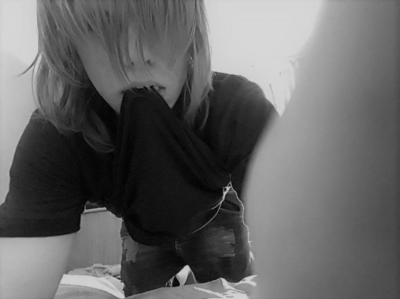

BBugchaserlad, 22
Bournemouth
Sleazy filthy sloppy cumdump cheap fem rocker twink poz chasing whore, head down, ass up, lights on or off. Quick walk in pump dump the bug and go for £20. No loads refused.
Guestbook of BBugchaserlad
BBugchaserlad (Owner) – Oct 3, 2022
I dont think sex is that deep.
Rawhead_Danny – Oct 3, 2022
The first time I bred him I felt so ashamed and disgusted with myself but I have now let go of all those negative feelings and own what I did.
Aidsblaster – Oct 3, 2022
He is the dirtiest, sluttiest, trashiest, pozzed up, turned out whore I ever used or watched get used. Even a couple of the homeless druggies I’ve watched fuck him think he’s pure trash.
BBugchaserlad (Owner) – Oct 3, 2022
Looking for a guy who wants to pimp me out, I need a new pimp. I’m willing to split the money with my pimp 80% for you and 20% for me. If that’s not enough I’m willing to take 5% and you can take the rest.
Body Type Slim
Ethnicity Mixed
Body Hair Little hair
Smoker No
Tattoos No
Piercings Yes
Languages English
Position Bottom only
Dick S – Cut
Dirty Yes
Fisting Passive
S&M Yes
Kissing Yes
Safer Sex Never
Hourly rate 80£
Overnight rate No
____________


breedersdigest, 18
Bremen
You might have seen me before. You can recognize me by my worn leather jackets and jeans, as well as my probably rather messy usually dyed black hair. I mostly listen to blues rock or read philosophical books, preferably Nietzsche and Schopenhauer.
It’s unlikely that you’ve seen me before as I spend much more time indoors with my music, visual arts or political theory.
I play guitar and bass, among other things. My passion is blues rock, but I’m also enthusiastic about jazz, metal and punk.
My blessing and curse is my thirst for knowledge. I simply absorb articles about history, philosophy or medicine. Psychiatry in particular excites me. But since I’m not “healthy” myself, it will probably never become more than a hobby. Archaeology, history, or philosophy are more likely.
I’m a dreamy person. I talk to myself. I usually express myself in a very shy and clingy and introverted manner during sex, but I have a very dry sense of humour.
Spending time with guys who offer financial support is of great value to me, and I’d rather spend time doing absolutely nothing with them than do something with anyone else.
That said I only hang out at my place until we become friends and I’m certain you’re not going to kill me.
Guestbook of breedersdigest
breedersdigest(Owner) – Oct 4, 2022
Ummm rain check.
PBig – Oct 4, 2022
I was born with Spina Bifida and need leg braces to walk. I’m looking for a pig to shit on and in his mouth. Also into shit fucking. I’d also like to piss in a pig’s mouth and ass. I can host. This could be a private secret between us both while we both go out and chase our ambitions and make successes of ourselves.
MOEWilliams – Sept 28, 2022
For the lazy reader: 🎮🎴🎵⬇️🪢⛓️🎬🚭
breedersdigest(Owner) – Sept 24, 2022
This is not an advertisement, I’m looking for my man!
Body Type Slim
Ethnicity Caucasian
Body Hair Little hair
Smoker Yes
Tattoos No
Piercings No
Languages German, English
Position Versatile
Dick L – Uncut
Dirty WS only
Fisting Active/Passive
S&M Soft
Kissing Yes
Safer Sex Let’s talk
Hourly Rate 100€
Overnight Rate On request
_____________
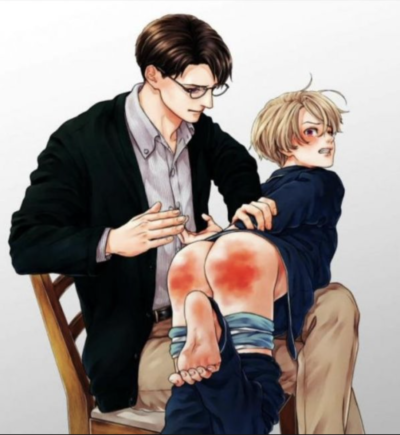
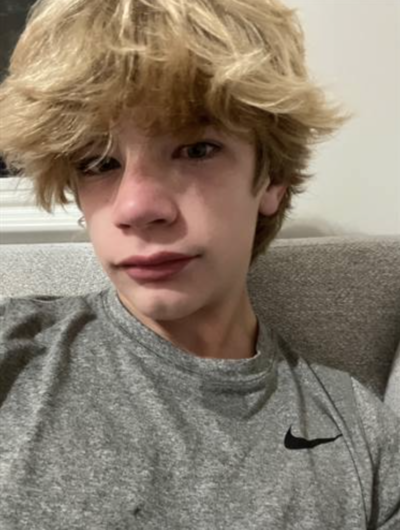
ratmeat, 19
Jesús María
I am a 19-year-old boy living close to Lima, Peru, I am looking for a strict father in the EU to adopt me, educate me and take care of me financially, I am only 5ft tall and very calm.
Guestbook of ratmeat
Sexonthebeach – Sept 24, 2022
I meant that as a compliment.
Sexonthebeach – Sept 24, 2022
His name suits him.
wantedassformycock – Sept 19, 2022
He is an infamous scammer hustler broken in the ass and anyone who knows him can guarantee it. He looks for groups of men who rape him and fill him asshole with cum for the sewer bitch he is. He is pimped by his father fagot hustler also by profession who gets filled like him with piss shit and cum. He has the natural and innate predisposition to profit by stealing wallets, watches and everything he finds at hand then he hides everything in the sewer of his gaping asshole.
Body Type Slim
Ethnicity Spanish
Body Hair Little hair
Smoker Yes
Tattoos Yes
Piercings No
Languages Spanish, English
Position Bottom only
Dick S – Uncut
Dirty Yes
Fisting Passive
S&M Yes
Kissing Yes
Safer Sex Sometimes
Hourly Rate 50$
Overnight Rate 200$
_____________
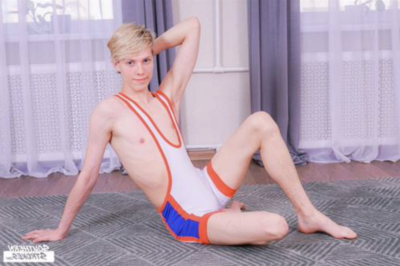
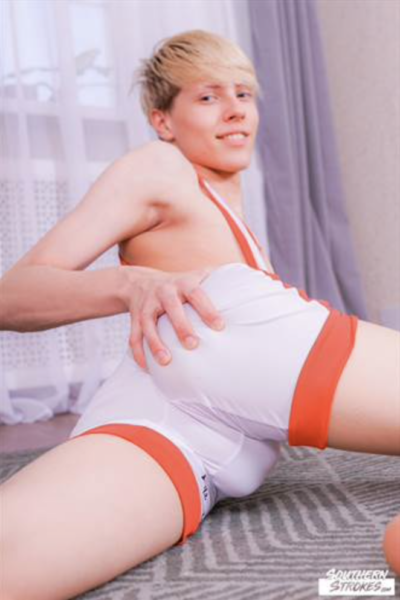


breedme01, 25
Macon
You’ve seen me get bred in porn from the company Southern Strokes.
You’ve seen me as a Meth zonked nympho cockwhore cumslut breed hole on SlamRush.
You’ve seen me getting choked, gagged, held down, bag over my head and pounded out on Discipline4boys.
Now you can breed me yourself.
I’ve been into getting fisted for a year but don’t let that fool you, my pussy is still gorgeous.
Guestbook of breedme01
breedme01 (Owner) – Oct 8, 2022
My dick still works a little if you suck my nipples, not that I’m suggesting you should.
HeyheyMyDick – Oct 8, 2022
He is only bottom, dick no work
breedme01 (Owner) – Oct 3, 2022
Always up to find new ways to obliterate my 🧠
Bearracuda – Oct 3, 2022
The goal is to get high in the slut plane and get him high and have repetitive planes.
Body Type Average
Ethnicity Caucasian
Body Hair Shaved
Smoker No
Tattoos No
Piercings No
Languages English
Position More bottom
Dick L – Cut
Dirty Yes
Fisting Active/Passive
S&M Yes
Kissing Yes
Safer Sex Rarely
Hourly Rate 150$
Overnight Rate 400$
______________
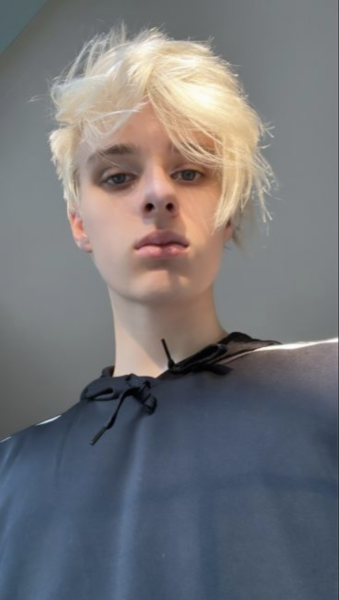
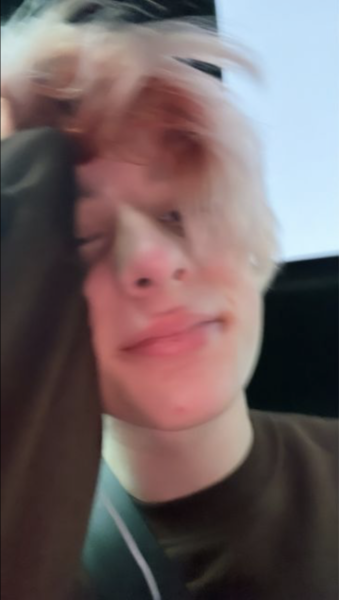
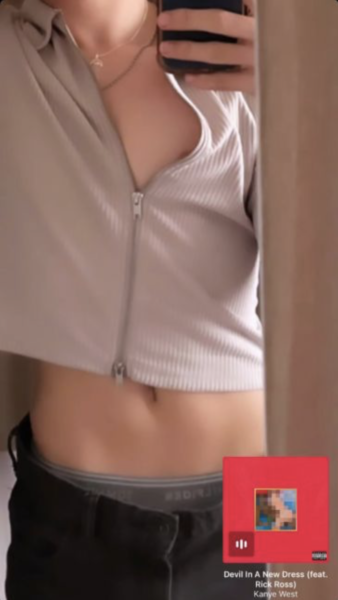
FigureSkater, 19
Riga
I love nature and that’s something I feel deep inside just like being gay or a prostitute. I may not be able to answer questions like “why are you gay” or “why do you want to be a “prostitute”. The reason is because things like this happen naturally, just like nature.
Nobody knows why grass is mostly green, or why mammals give births to their young ones alive and not lay eggs. Things like this happen naturally.
Sorry if I seem like an essay of words, I am just naturally expressive. This is because “in every sexual encounter communication is key”
I’m a figure skater but I have other talents, naturally good with cars and I might look to get an official qualification, probably become an auto mechanic and set up an auto repair shop of my own.
Guestbook of FigureSkater
TheBlondGuy – Sept 26, 2022
one of the most attractive people in latvia which is lucky because his personality is shit
FigureSkater (Owner) – Sept 22, 2022
I might add that I’m in the market for a new sugar daddy who’s so hung that he makes my recently departed sugar daddy’s little cock completely redundant.
FigureSkater (Owner) – Sept 21, 2022
***IN MEMORIAM***
On 15 September 2022 my sugar daddy (Mr.Kite on this site) passed away from suicide. I was in his employ for about 3 years, and I was a devoted, loving and hot boy for him! There is an incredible physical and emotional hole in my life and heart since his passing. I cherished that money bags, and always will.
Body Type Slim
Ethnicity Caucasian
Body Hair Smooth
Smoker No
Tattoos No
Piercings No
Languages Latvian, Russian, English
Position More bottom
Dick M – Uncut
Dirty No
Fisting No
S&M Soft
Kissing Yes
Safer Sex Let’s talk
Hourly Rate 99€
Overnight Rate 199€
_____________
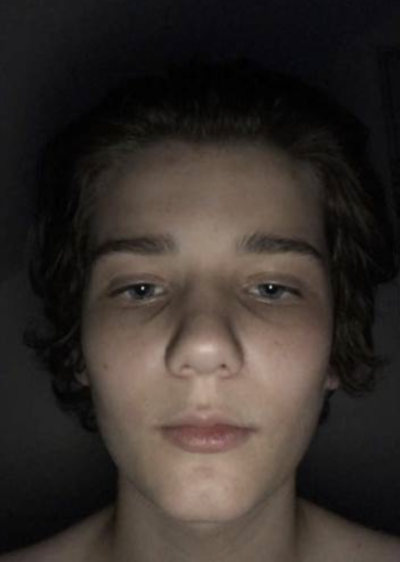
Seller, 18
London
Good day I want help in Ukraine 🇺🇦 so I gonna do a charity
Selling vids me being fucked by older men
Selling my underwear
Selling vials my urine sperm or blood 1-3days delivery
Will be live on camera would love to make £100
Will honour all special requests to the money raised
🇺🇦 going though all you want t o raise money for them ukrain
My family part Jewish and very homophobic and would kill me if find out
Guestbook of Seller
suchadiva – Oct 7, 2022
If you meet him bring earplugs.
Fagonysus – Oct 2, 2022
What do you think about it? I think this is a great way to help Ukraine? Is not it so? You know, I often rely on the saying “He who does not take risks does not drink champagne!”
Seller (Owner) – Oct 2, 2022
Im proud my country 🇺🇦 thanks to everyone who help our country
Body Type Average
Ethnicity Caucasian
Body Hair Little hair
Smoker Yes
Tattoos Yes
Piercings No
Languages Ukrainian, Russian, English
Position Bottom only
Dick L – Uncut
Dirty No answer
Fisting No answer
S&M Yes
Kissing Yes
Safer Sex Sometimes
Hourly Rate 100£
Overnight Rate 400£
_____________
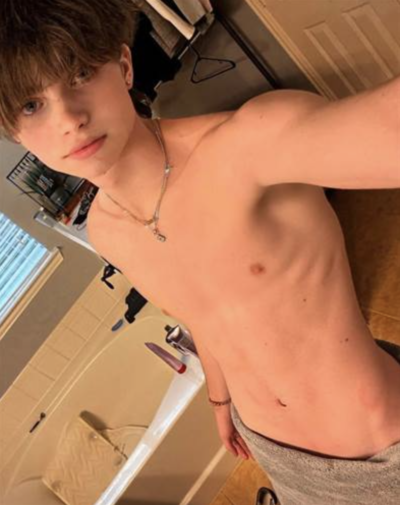
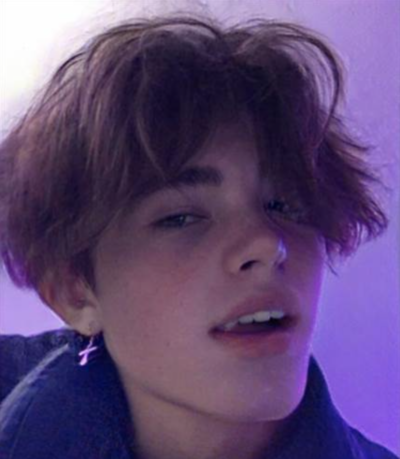

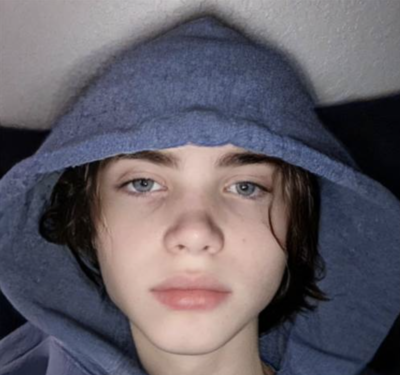
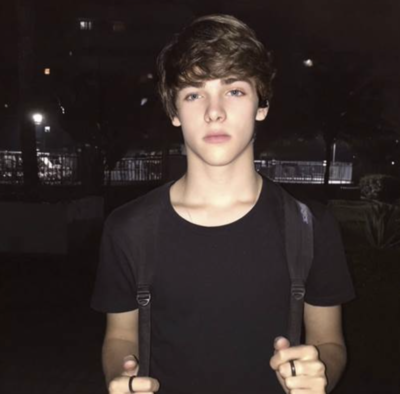
littleboylostuk, 20
Liverpool
So about me…. when I turned 16 i got some money my grandpa left me and that let me move away from a toxic family situation. I tried to live a normal life but the family issues kept me and i just couldn’t do well.
At 18 I decided to enter a gap year before uni. In this year i ran out of money and embraced a prostitute self and serviced males in any way they were willing to pay for.
I have come to understand that i should not have any desires other than to serve paying men. 2 years on and I have still not started my studies and have no intentions to either.
Guestbook of littleboylostuk
burnallthemaps – Oct 20, 2022
Tell me about the diva or dance remix that changed your life.
kill_yourself – Oct 20, 2022
You make me want to spend some time in prison.
littleboylostuk (Owner) – Oct 19, 2022
I hate being on this site everyday.
Tothally – Oct 18, 2022
Any chance you’d like to be my regular fuckbuddy forever? DC Marvel Disney Sci-Fi … etc.
Sugardad04 – Oct 17, 2022
I’ve been a loner after my divorce, all I need is one sugar baby 🤤😋 who’ll make me feel happy and loved, it doesn’t necessarily need to be something serious, I don’t need sex or anything of such, I’m an influential man and will not engage myself in anything dirty. I just need someone to spoil money 💰
DandeSC – Oct 17, 2022
Taller than expectation
ifightdragons – Oct 14, 2022
I am obsessed with the idea of sniffing the beautiful odor inside your butt and smelling and licking every inch of its surface for the rest of my life.
angelonmyshoulder – Oct 14, 2022
Oh man, this is beauty of an unearthly sort: a dream of a dream made human!
Body Type Slim
Ethnicity Caucasian
Body Hair Shaved
Smoker Socially
Tattoos No
Piercings Yes
Languages English
Position Versatile
Dick L – Cut
Dirty WS only
Fisting Active/Passive
S&M Yes
Kissing Yes
Safer Sex Let’s talk
Hourly Rate 200£
Overnight Rate 600£
_____________

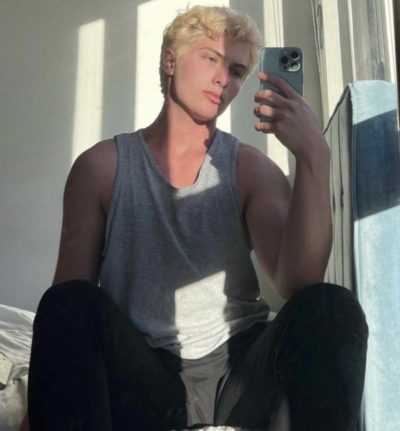
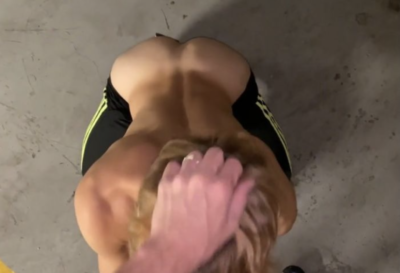
layallyourloveonme, 23
San Francisco
I’m a young FtM living in San Francisco, but I’m out of town right now visiting my dad and all I want to do is to secretly plan for a guy to fuck me hard and knock me up. I’ve been toying with the idea of getting knocked up and haven’t pulled the trigger yet, but I’ve now been off of hormones for a while and my doctor said I should be ready to go whenever. My ideal would be to connect with plenty of men who fuck me into having a pregnant belly and then being bred over and over when pregnant and not so I can become a lifelong baby making machine. You can impregnate me starting on the 11th.
Guestbook of layallyourloveonme
carlosyoung – Oct 11, 2022
Pussy is meant to be filled with cum and I always require of girls we fuck raw. They give in most of the time then I date them and keep loading them until they get preggers then drop them like hot potatoes, so even though you look like a dude you sound perfect.
justmeforyou – Oct 11, 2022
I’m very fertile, have several children. Let me know if you need some potent seed.
bluetoothpick – Oct 11, 2022
hell ya, id love to be your first baby’s daddy.
DrewDixon – Oct 11, 2022
Love to load you up can usually shoot 7-8 loads back to back.
Body Type Slim
Ethnicity Mixed
Body Hair Smooth
Smoker No
Tattoos No
Piercings No
Languages English
Position Bottom only
Dick No answer
Dirty WS only
Fisting Passive
S&M Soft
Kissing Yes
Safer Sex Never
Hourly Rate 25$
Overnight Rate 50$
_____________
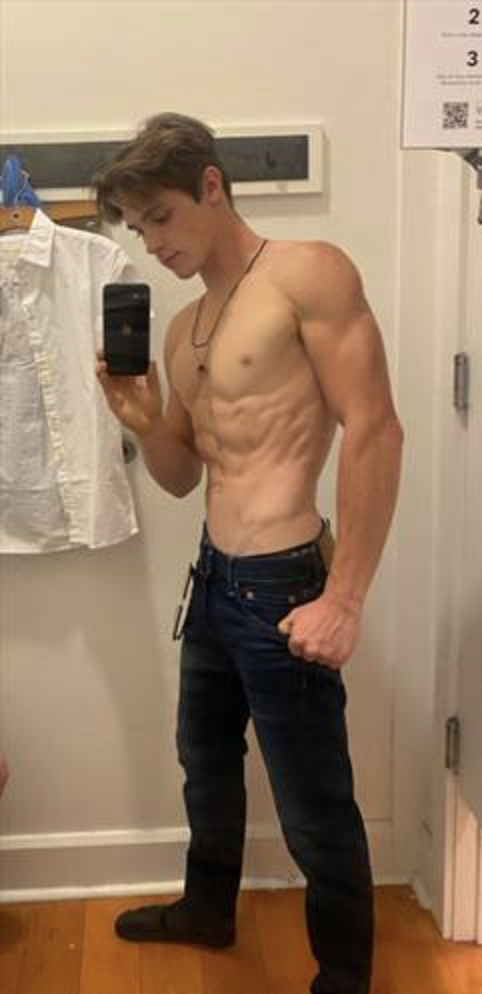
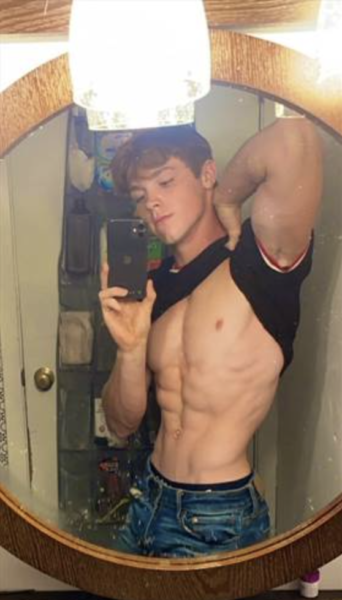
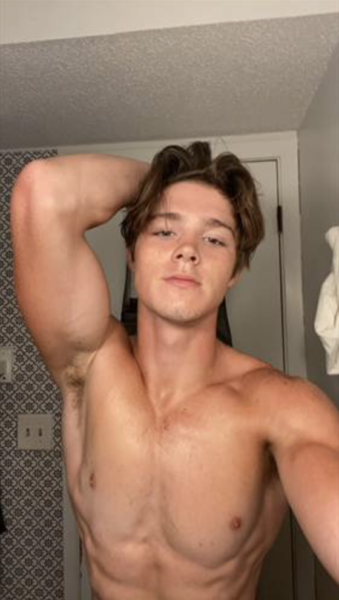
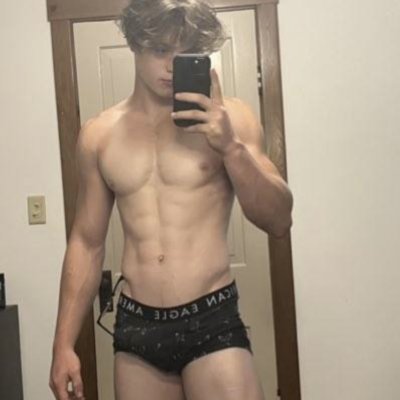
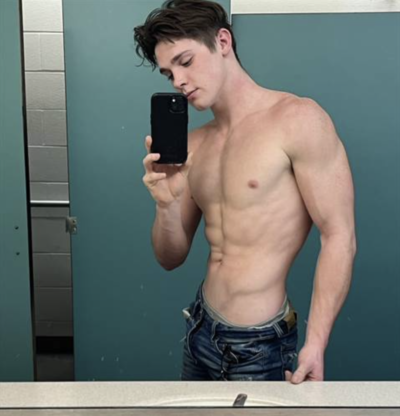
SilentAndStill, 20
Zurich
• I love the challenge of trying to remain silent AND/OR still no matter what is done to me.
• So I’m suitable for both the inexperienced and the more experienced.
• From all the experiences I’ve had I’ve learnt that I love the times where clients just do what they like to me and I try to remain silent and still as much as possible the most.
• It’s amazing how much being silent and still increases and intensifies the sensations and feelings.
• Being choked and having my hair pulled and my ass spread wide and fucked deep while staying silent and still is especially hot.
• I am proud of the body I’ve built kept smooth by regular shaving and waxing and it looks so beautiful drenched in sweat.
• If I don’t reply straight away it’s because I can’t.
Guestbook of SilentAndStill
DrZ01dberg1984 – Oct 9, 2022
Dm me if you want to watch a video of this happening.
Body Type Athletic
Ethnicity Caucasian
Body Hair Shaved
Smoker No
Tattoos No
Piercings No
Languages Czech, German, English
Position More bottom
Dick L – Uncut
Dirty Yes
Fisting Passive
S&M Yes
Kissing Yes
Safer Sex Let’s talk
Hourly Rate 800€
Overnight Rate 3500€
_____________
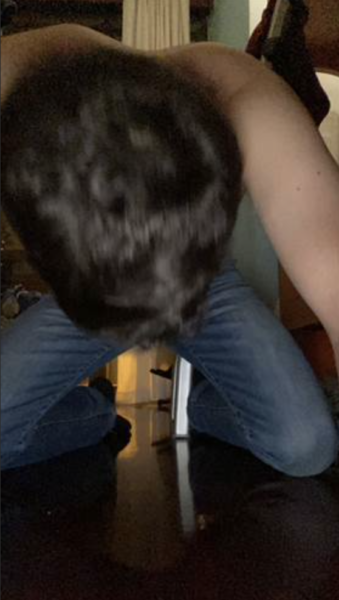
maybefunmaybenot, 18
Manila
Yes, I’m 13. Let me have my fun.
You can drive me around, will discuss anything under the sun, enjoy common interests and likes and without reservation and perhaps I will allow us to add a kiss on the cheek to our visit. I don’t need to get paid as this is not my bread and butter.
I DO NOT provide naked photos as how the late great senator Miriam Defensor-Santiago once rhetorically asked, “Do you leave your calling card in the scene of the crime?” However, I am willing to see you, let you roll down your window, lift my shirt and, if in your eyes I am unappealing, you can simply turn your back. No hard feelings.
Lastly, please do not message me to ask for legal advice. This is not the place to be.
Guestbook of maybefunmaybenot
HugOrgasms_KissLove – Oct 5, 2022
This is not a good escort he is not offering a good service he is too short.
FitGuy – Oct 1, 2022
Not recommended if you appreciate intelligence and imagination in your conversations.
Body Type Slim
Ethnicity asian
Body Hair Little hair
Smoker Yes
Tattoos No
Piercings No
Languages Tagalog, English
Position No
Dick Prefer not to say
Dirty No
Fisting No
S&M No
Kissing No
Safer Sex Always
Hourly Rate 250$
Overnight Rate On request
_____________
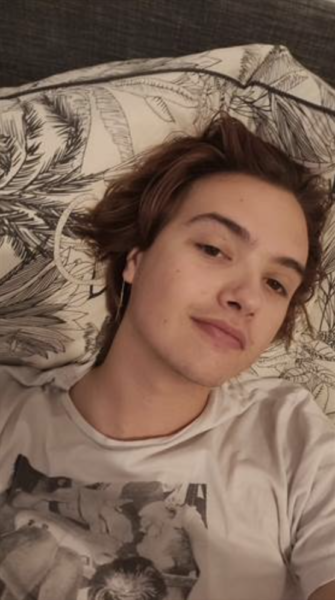
arrestyourmoney, 18
Las Vegas
I’m bored in the hospital … I don’t know what to do … I’m here.
Guestbook of arrestyourmoney
theboywholikes – Oct 8, 2022
You’re out of your coma?!
arrestyourmoney (Owner) – Oct 7, 2022
Men who eat ass like it’s their last meal cum to the front … (as if there’s a line 🙄).
Body Type Slim
Ethnicity Spanish
Body Hair Little hair
Smoker Yes
Tattoos No
Piercings No
Languages English, Spanish
Position Versatile
Dick M – Cut
Dirty No answer
Fisting No answer
S&M Yes
Kissing No answer
Safer Sex Rarely
Hourly rate 80$
Overnight rate 80$
_____________
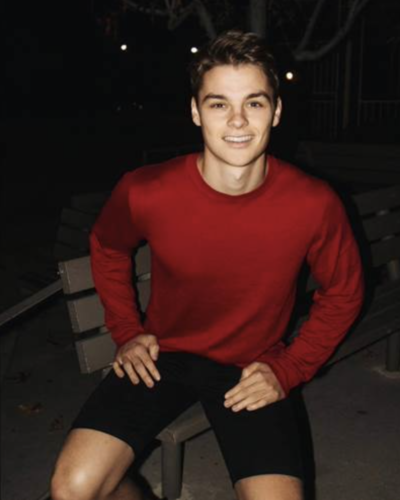
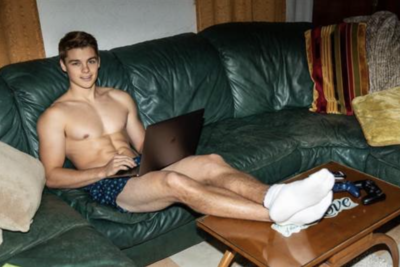

Breedable_brawn, 21
Eindhoven
Humble greetings GAY MEN.
I am a straight young man who is new to this fantastic world of intergenerational, mutually beneficial male-to-male business arrangements.
Openly straight since puberty. But being in the company of fun-loving, life-living men is my idea of the best time ever!!
I’m fresh, well built, excitable. Fit body, beautiful face (I’m told) and open mind!
Love the thought of becoming the plaything to wealthy, seriously creative men. I am young and ready to be shown how financial compensation for just being me is the only life I need.
I suppose if I were to describe myself I would say that I am a young straight man who has the standard hobbies: sport, movies, film & tv, concerts, good company, good friends, good home life, etc. etc. I have a serious need to buy any video game with Mario on the cover, and everything I truly need to know I learned from Buffy Summers.
Guestbook of Breedable_brawn
RichardRe – Oct 6, 2022
Typa Boy you wanna wife up but sign the Prenup.
oinkoink – Oct 1, 2022
Eager well off pec worshipping man needing a life partner for pec worship life style. Pec worship is sex. Want to meet you for a real passionate relationship built on pec worship. Willing to relocate you if you have the right pecs. My one true passion in life is pec worship. Ready to share my life with a pec God.
pleasureman – Sept 29, 2022
Biggest bang for your bucks
Direct him to your home gym
Make him do a brutal workout that causes him to sweat and his muscles to scream
Then fuck him all night and refuse to let him cum
(He is a bit stupid and can be a pain)
Uranusisgreat – Sept 23, 2022
I was going to warn others that he’s not very intelligent to put it gently, but I think he just took care of that himself.
Breedable_brawn (Owner) – Sept 23, 2022
To be honest I’m loving doing this because its basically the only situation where you can fuck around with men and have a great time getting fucked or something, but I get too into it every time and I always over do it causing me to sweat.
So I always go into the bathroom and take a shower in the sink after it’s over, and when I say shower in the sink I don’t mean that I wash my entire body lol just my head and that usually helps a lot.
Barebackologist (Owner) – Sept 21, 2022
For those who like to know body stats here are mine:
Chest: 43
Waist: 31
Shirt size: L
Shoe size: 13
Eyes: Blue
Cock: 7.25
Body Type Athletic
Ethnicity Caucasian
Body Hair Shaved
Smoker No
Tattoos No
Piercings No
Languages Dutch, English
Position Versatile
Dick XL – Uncut
Dirty WS only
Fisting No answer
S&M Soft
Kissing Yes
Safer Sex Sometimes
Hourly Rate 150€
Overnight Rate On request
____________

FogFilledHead, 19
Dornbirn
Imagine a mindless, poppered-up young EMO for your pleasure. It’s been programmed as the perfect home appliance to whip up fresh milk in an instant. Comes with 5 pre-installed sound packs, but can be endlessly modded to suit your mood. It will be all your friends’ envy!
Try it now: pleasure guaranteed!
Small print: this product is open source but requires a modest handling fee for use and distribution. Comes with free pre-programmed hardware to edit as you please.
Guestbook of FogFilledHead
FogFilledHead (Owner) – Oct 8, 2022
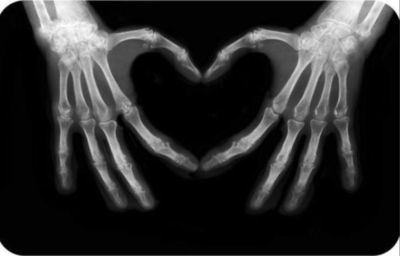
unfavoritechubbyman – Oct 8, 2022
Im a man who’s really into Emo smells! I love the smell of an Emo whos been too bored or depressed to shower for days!
I desire to have my face sat on by a Emo ass, smelling it’s musk and Inhaling every fart released on my face.
I desire to smell the stinky armpits of an Emo, being forced into a headlock with my nose pressed against the skin, smelling and licking every ounce of awful moisture.
I desire to become a Emo slave, tied to a chair, and at the complete mercy of my Emo.
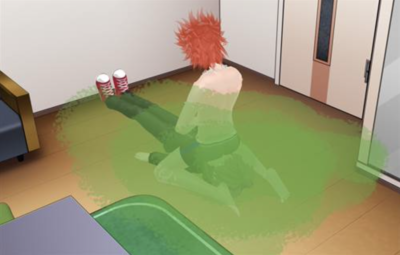
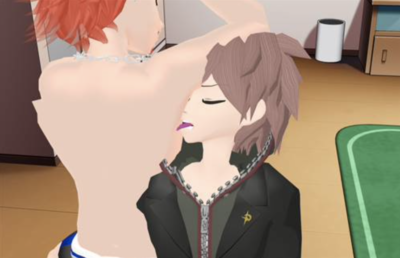
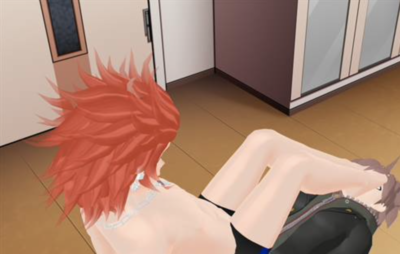
daddyslovesyou – Oct 2, 2022
LULZ. Emo for life? So when you’re 60, you expect to cry and whine about cumming while younger guys take shit and shoot their cum and deal with it? The image of an old man cutting himself is WIN.
FogFilledHead (Owner) – Oct 2, 2022
I am EMO simply for what it means. EMOtional. Thats me. I dress the way I do simply because I like it. It’s me. I know who I am. I don’t really care if my milk gives you a woody or not. My milk and I will be EMO for life and that will never change.
daddyslovesyou – Oct 2, 2022
How much would you charge to have your dated Emo hair and mind and clothing modified irreversibly?
dreamsoflucifer – Oct 2, 2022
Ideal situation if you can afford it is meeting him briefly in the morning, forcing him to spend the day ass-plugged, stretched and cock locked up, then meeting him again that evening and sucking and jacking load after load after load from him until dawn as his duty and your reward.
Body Type Slim
Ethnicity Caucasian
Body Hair Little hair
Smoker Yes
Tattoos Yes
Piercings Yes
Languages German, English, Japanese
Position Bottom only
Dick S – Uncut
Dirty Yes
Fisting Passive
S&M Yes
Kissing Yes
Safer Sex Never
Hourly Rate 100€
Overnight Rate 500€
____________
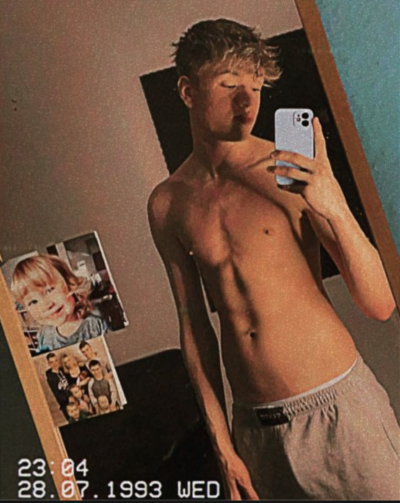
ChaosTheoryPHL, 18
Philadelphia
I will spit on you and degrade you.
I will tie you up until you cant no more and beg me to loosen the knots, just a little bit.
I will use all my little devices and tricks to make you feel all kinds of pain you didnt even know were possible.
Or i will just hit you straight in the face, you worthless piece of shit.
I want the boundaries of our play to be crystalclear before we meet and no discussing or bitching around when i actually grace you with my presence. I have a hot temper, but i love to take you all the way, however long, however much that takes.
One last thing, i am trans nonbinary and I expect that you know what that means.
Guestbook of ChaosTheoryPHL
ChaosTheoryPHL (Owner) – Oct 10, 2022
NO THE PICTURE IS NOT FROM 1993😒 Idiots!!!
Body Type Slim
Ethnicity Caucasian
Body Hair Some
Smoker Yes
Tattoos No
Piercings No
Languages English
Position Top only
Dick XL – Cut
Dirty Yes
Fisting Active
S&M Yes
Kissing No
Safer Sex No answer
Hourly Rate 200$
Overnight Rate 2000$
____________

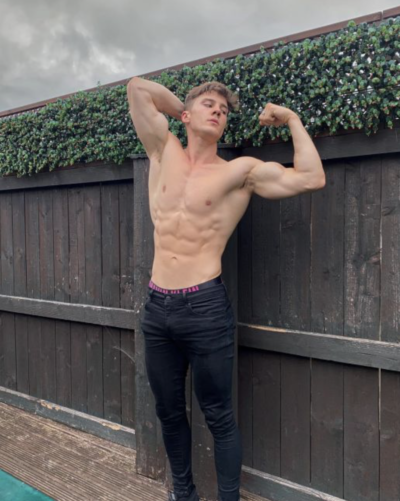
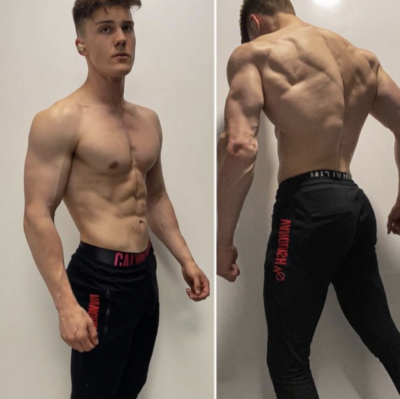
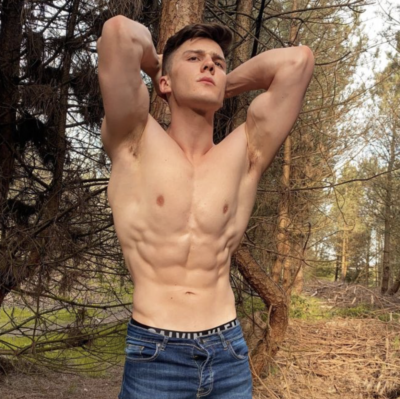

TallAbyss, 22
Munich
Hello how are you? I hope everything is okay.
I am 22 years old Muslim thwunk, my father is German, my mother is Turkish, so I am a hybrid.
I know everyone tends to brag about themselves, but I think I’m a pretty objective person, especially about myself. I am a boy with a very handsome face and flawless body who loves to live well, look good, addicted to fitness, self-confident, knows how to have sex, and can charm people much older than himself unremittingly.
The only problem is that I’m not cheap, I’m expensive. It may be rude to say this, but I have to say for you to understand.
I’m only interested in people who are interested in me for who I am, not just my dick and my ass, but still I haven’t met a person who doesn’t like them so far.
Thank you for taking the time to read it all. Good luck in life.
Guestbook of TallAbyss
spunfag – Oct 9, 2022
Once upon a time not long ago I killed a hoe like you. And I’m admitting it, can’t take it back because I did da shit.
domnotdom – Oct 8, 2022
If you’re gay and politically aware, you see politicians sacrifice German ideals in general and gays’ lives in particular on the altars of “tolerance” and “diversity”. You see politicians and media pundits not only tolerating but embracing Islamic savages and their pedophile prophet. You see politicians put your right to life below a Muslim’s right to escape from the countries they themselves created. You see politicians importing your own murderers.
Oct 7, 2022
OverwriteXL –
A long time ago a human fell into the ruins, injured by his fall, he asked for help, but NOBODY CAME
Body Type Athletic
Ethnicity Mixed
Body Hair Shaved
Smoker No
Tattoos No
Piercings No
Languages English, German, Turkish
Position Versatile
Dick XL – Uncut
Dirty No
Fisting Active/Passive
S&M Soft
Kissing Yes
Safer Sex Sometimes
Hourly Rate On request
Overnight Rate On request
*
p.s. Hey. So, Monday’s post will be the last one before the blog and I go on vacation. I’ll be able to do a p.s. before I head off to the airport, but it’ll probably need to be a relative quickie. ** Dominik, Hi!!! I’m kind of terrible with email unless it’s ultra-urgent or has a deadline. Procrastination is a bad strategy, but I keep falling into it. No, love’s magic powers did not extend to providing magic tee shirts or even mending the ones that are falling apart. The problem is I have to wear organic clothes because of my allergy to fabrics and dyes, so I can’t just pop around to the local store and buy new ones. Oh well. I’ll keep trying to pull off bum chic. I’ve never read MM’s autobio, but I certainly imagine being disappointed. Love feeling proud of the body he’s built kept smooth by regular shaving and waxing and it looks so beautiful drenched in sweat, G. ** malcolm, Hi! I’m not 100% sure I can be there tonight, but I’m pretty sure. Thanks a lot for filling me in on your work and what you do. You have plenty of time to figure out a situation where you make that film or any film. I’d love to read the complete script when it’s ready, yes, thank you. I mean, I didn’t publish my first novel until I was in my 30s, I was just working hard to get there before that. Based on my experiences with filmmaking, man, it’s a headache to get to the actual filming part, but that’s almost entirely due to getting the money. You probably already plan to, but I recommend to start by making super cheap films. Zac’s and my first feature film only cost 40k to make and we made it in a very underground, seat-of-our-pants way. Having a collaborator really helps to fire each other up, as I guess you know from working Alexander. It sucks that you’re so on your lonesome, though. Having likeminded peers is so key, I think. Yeah, making that 25 minute proof of concept version is definitely the way to go. It sounds like you’re doing just the right thing: using what you have materially and forging ahead. I do hope you can find some filmmaking comrades, even online or something. That Araki book is $800 now? That’s crazy. You have wonderful taste in film, obviously. I really look forward to following your work as you do more. It’s exciting! Yes, I’ll give you at least a quick report on the screening/film on Monday, and we can talk more after the blog and I get back from my film-preparing vacation. Good weekend to you. Was it? ** Ian, Hi, Ian. ** Dynomoose, The mighty Dynomoose in the house! Yay! You good, my old pal? ** David Ehrenstein, Wow, I’ve never heard of that film before. Looks nuts! Thank you! ** _Black_Acrylic, Yes, she’s almost a normal celebrity again. Well, except for the estranged sons thing, but, wait, that’s normal. The good thing, for me, is that I feel completely confident that by the time the blog and I get back, you will long since be the King of your new kingdom! ** Steve Erickson, Exactly! Excellent subtext decoding there! I think I saw that same doc, and, yeah, it was a snooze. He himself was kind of a snooze, if you ask me. Thanks for the Medium thang. Everyone, Read Steve on the new album by The 1975 right here. ** Jamie, Jamie! I’m good. I have a bunch of shit to do this weekend before I split, but I think it’s all doable. Thank you so, so much about PGL. That’s so great and heartening to hear. I’m so happy you liked it. I’m very proud of it. And, yeah, dying to shoot the new film. Thank you, buddy, really. How’s your weekend looking or, err, how did it look, I guess? Temperate roomy love, Dennis. ** politekid, My somewhat limited experience with British theater productions causes me to assert my agreement with your assessment. But, hey, don’t get me started on French theater productions. Yikes! Now I feel weird that I don’t know Martin Crimp. I will attempt to become an opinionated expert post-haste. Wow, really (?), but then again, yeah, I guess no surprise on the interview vetting stuff. Fuck, I hate power structures, but there you go. ‘Complete mystery’ sounds … exciting? But it is Halloween. Yes, please do throw any goodies’ identities my way, if you can/like. I’m just happy that ST is bringing it back. They let all my books go out of print, so it’s a start. I promise to destroy everything that sucks about LA and build an entirely glistening new LA in the three weeks I’m there. Happiest Saturday ever! ** Tea, Oh, so you’re like … what that phrase … a sad sack. Or I mean your face plays a sad sack in the movie we call life. It sounds like a good strategy on your biology’s part to me. After we shoot the film then we’ll spend at least a couple of months editing it, but luckily we’ll be doing that part in Paris, so I can sneak in some R&R, I think. Me too: my early writings are shockingly awful. I can’t believe I used to think I had any talent at all. I’ll be curious to see how you get to sexy in your work. People tell me my work is sexy sometimes, but I can never figure out why. Big weekend to you, sir! ** Jeff J, Thanks. Yeah, based on reading that one play, I imagine extremely simple nothingness in the production designed only to give the text its maximum multi-level impact with the merest of attached faces/bodies. Amazing to hear you finished a draft of the third book! That’s giant. Congrats, pal. Our film has six main roles: the members of the family who make the haunted house (father, mother, son, daughter, and a mysterious boy who lives with the family) and a janitor at the local high school who helps them build it. We cast the mysterious boy about six months ago with a young French actor. A friend of mine in LA who’s also a filmmaker is acting as our casting agent, and she’s been sending us audition tapes of prospective candidates. Via them, we have very strong candidates to play the father, mother, and son, and hopefully meeting with them in LA will confirm our desire to cast them. The rest of the roles are still open, and we’ll audition a lot of people while we’re there courtesy of my friend’s searching. We feel pretty hopeful. My friend has had superb instincts so far. Thanks for asking, maestro. ** Paul Curran, The world is theirs! Thanks to us!!!!! Love to you via human sacrifice, me. ** Brian, Hey, Brian. Oh, yes, I think I remember you telling me that about your mystical past. ‘Siddhartha’ was the book all the cool lads were reading at my high school. In fact, I had three friends who had bands called Siddhartha. None of them became famous, sadly or not so sadly, come to think of it. Interesting that there’s still some interest in him. Hey, a few years ago Richard Brautigan was suddenly all groovy and being read by the hip young writers again, and I sure never would have seen that coming. I made it safely into and out of the metro yesterday several times, whew. I trust you remain non-broken boned. Anything stand out for you this weekend? ** Niko, Hi, Niko. Mm, well, ‘I Wished’ came about the way it did mostly because I had made a failed attempt to write a novel about George first that was very straightforward, and I decided instead to throw out having a pre-existing structural or narrative idea and just let the feelings he produced in me run everything with the actual details of my life with him as lesser material. And then I just experimented with all kinds of approaches to expressing that feeling/effect on me without thinking how they would ultimately work together. I wasn’t thinking of other books or anything, other than my longstanding, never realised idea to write my version of ‘The Heart is the Lonely Hunter’. So I wrote a lot of stuff and then stopped and put it aside for a while, which ended up being a few years because I got caught up in making gif fictions and films, and when I went back to the material, I was far away enough that I saw all the tangents and connective tissues in what I’d written and then puzzled the together and wrote new things to help create connective tissue and an overall, coherent form. So, it was a pretty organic progress albeit at a strange, broken pace. Does that make sense? I really appreciate you asking. ** Okay. It being the 15th, surely no surprise that the escorts have popped in to say hello or the opposite of hello. See you On Monday.
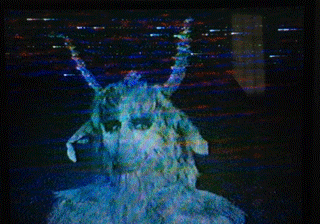
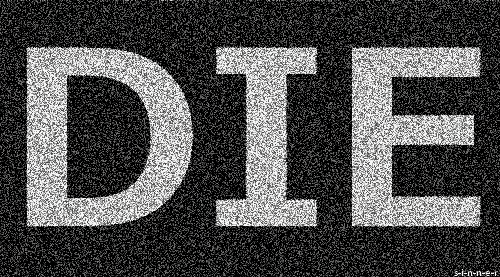







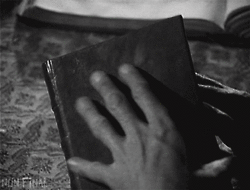
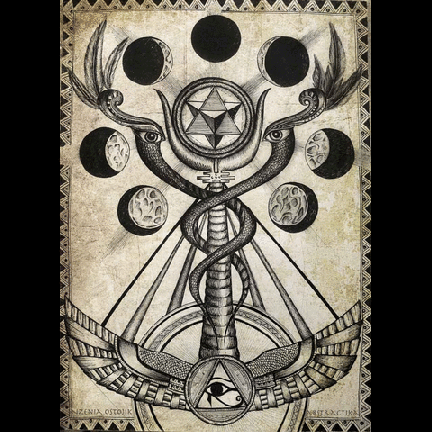
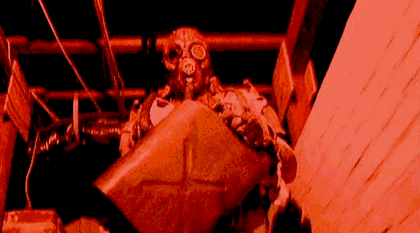

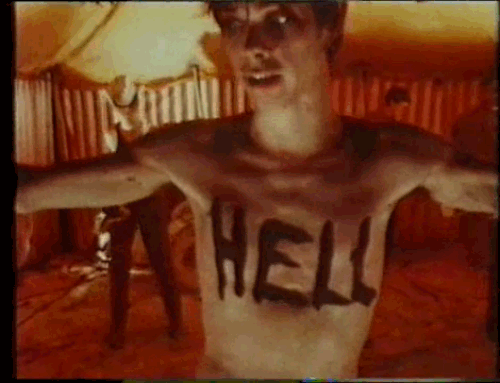
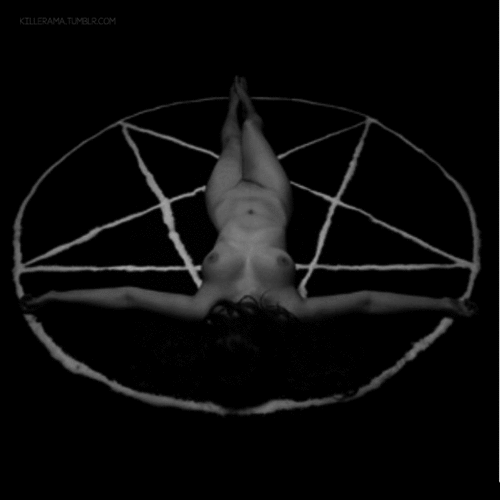

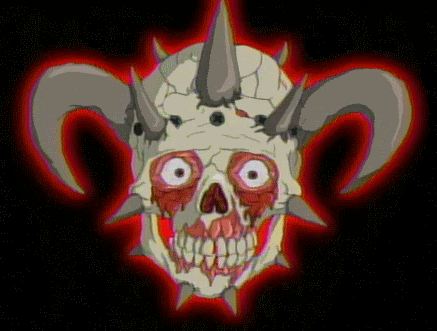
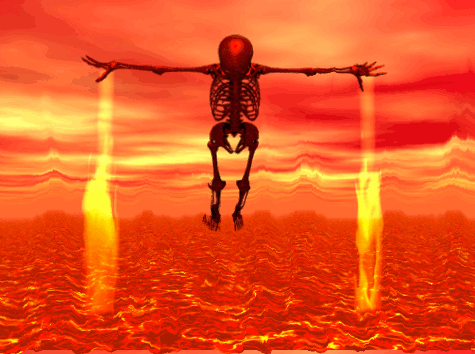

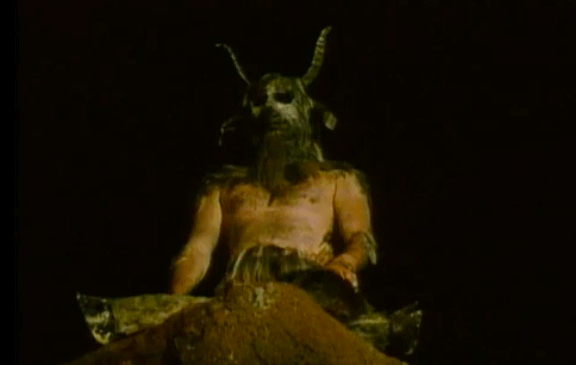
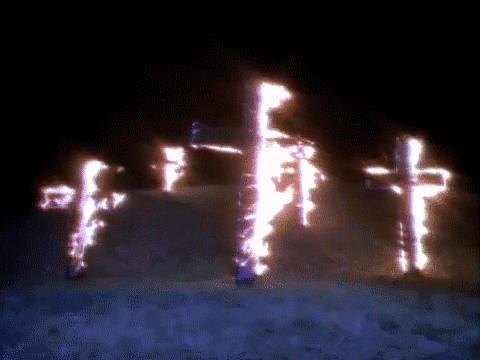

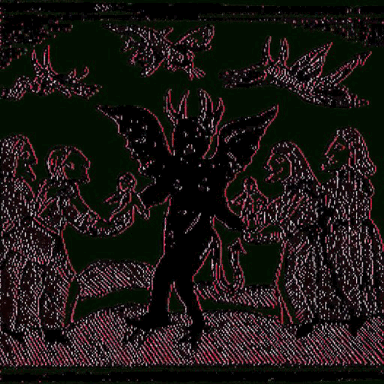

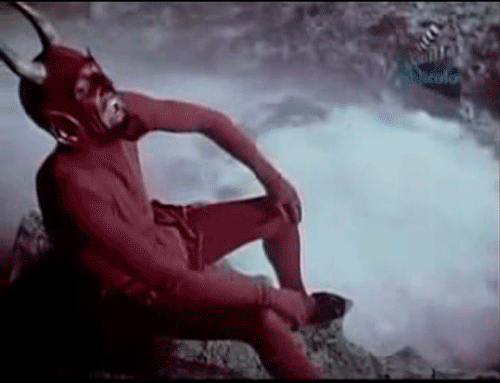
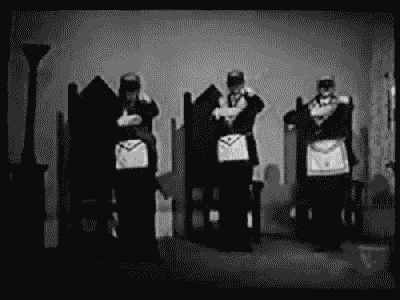
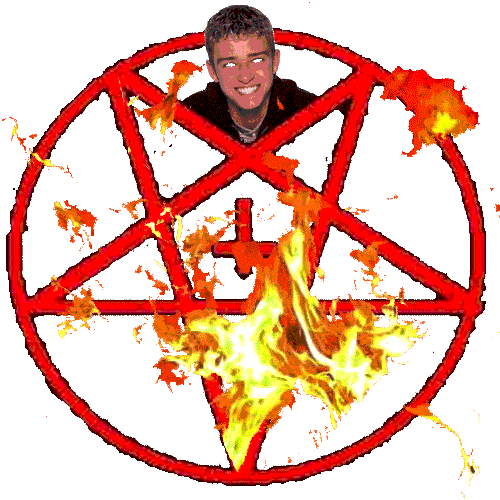
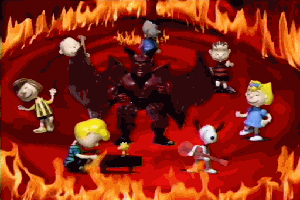




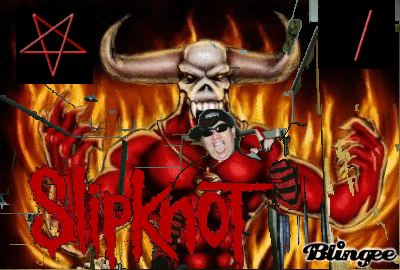
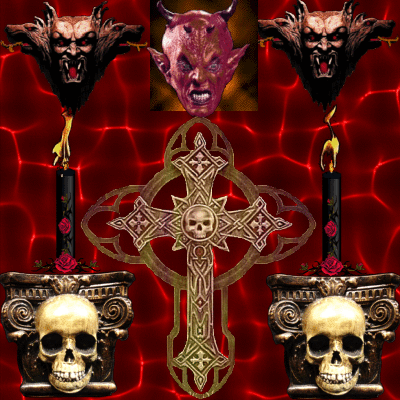
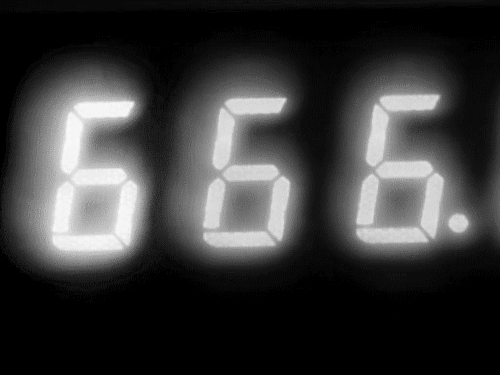
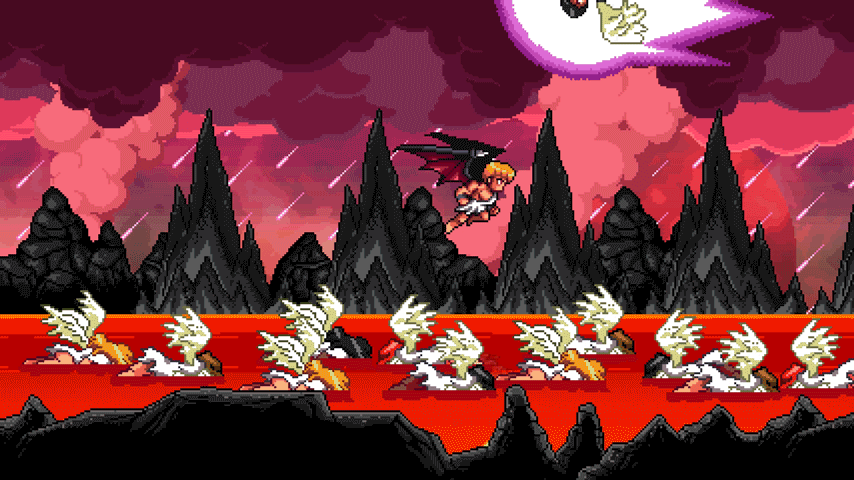
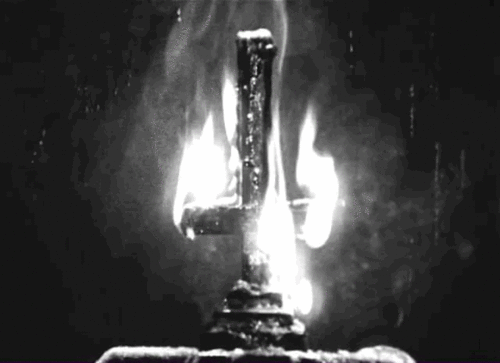
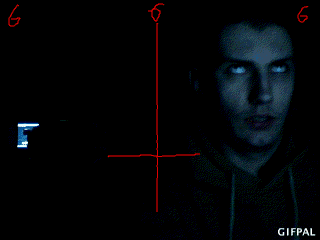
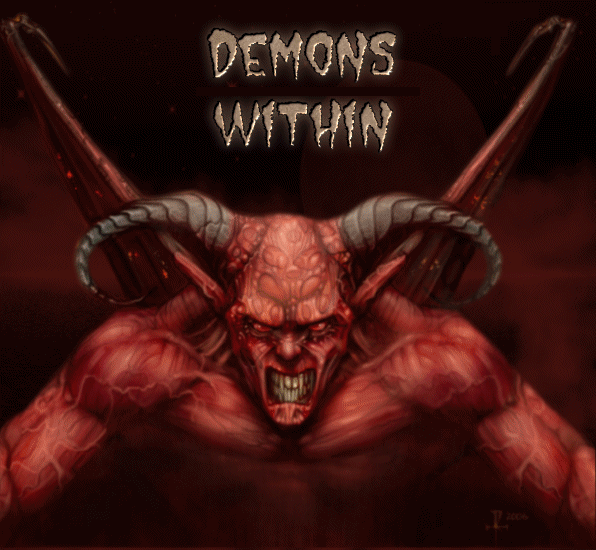

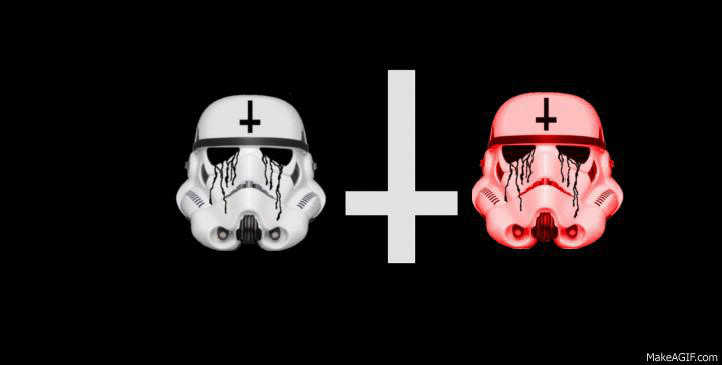
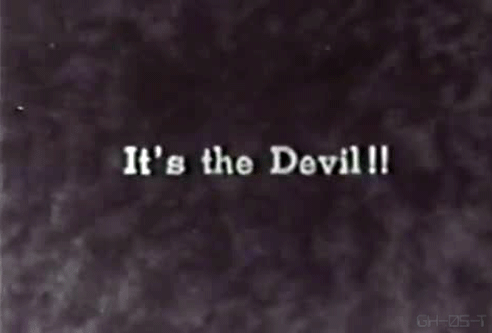
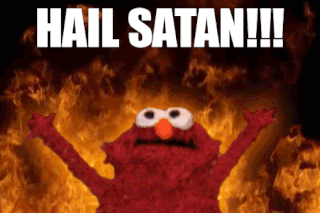
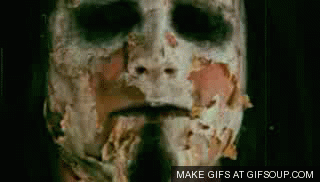
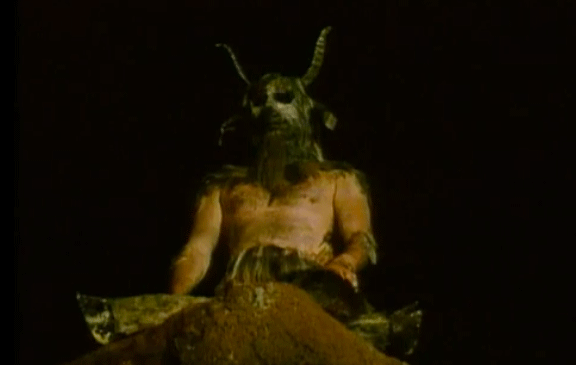
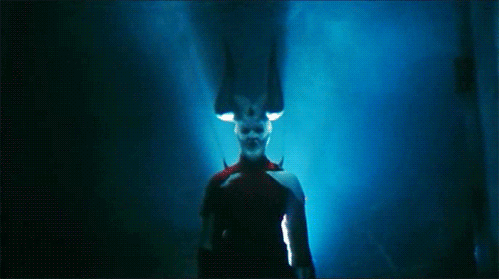
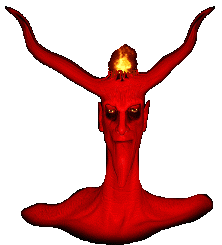

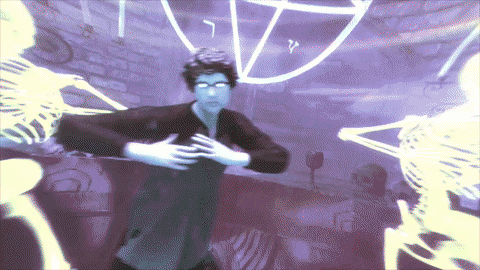

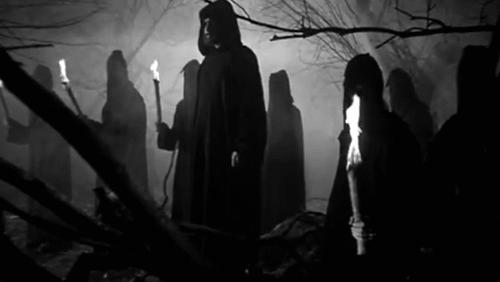


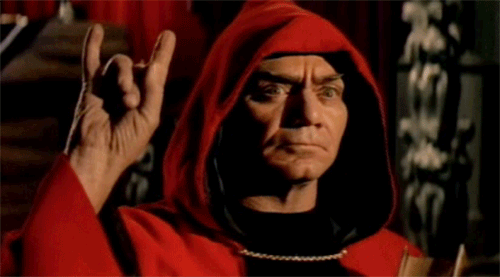
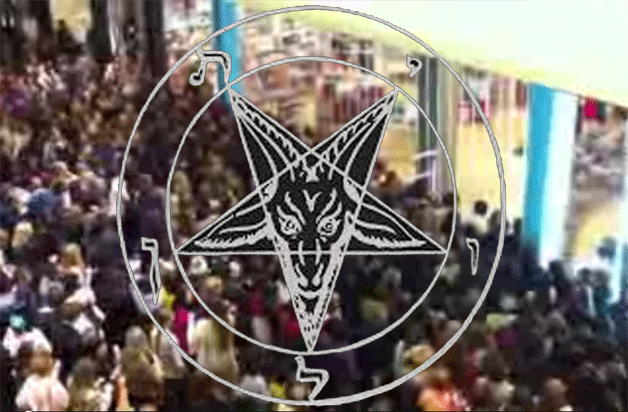
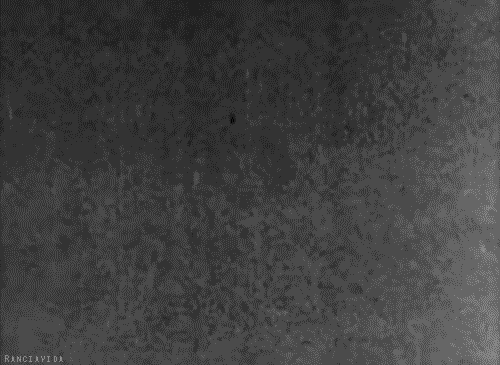
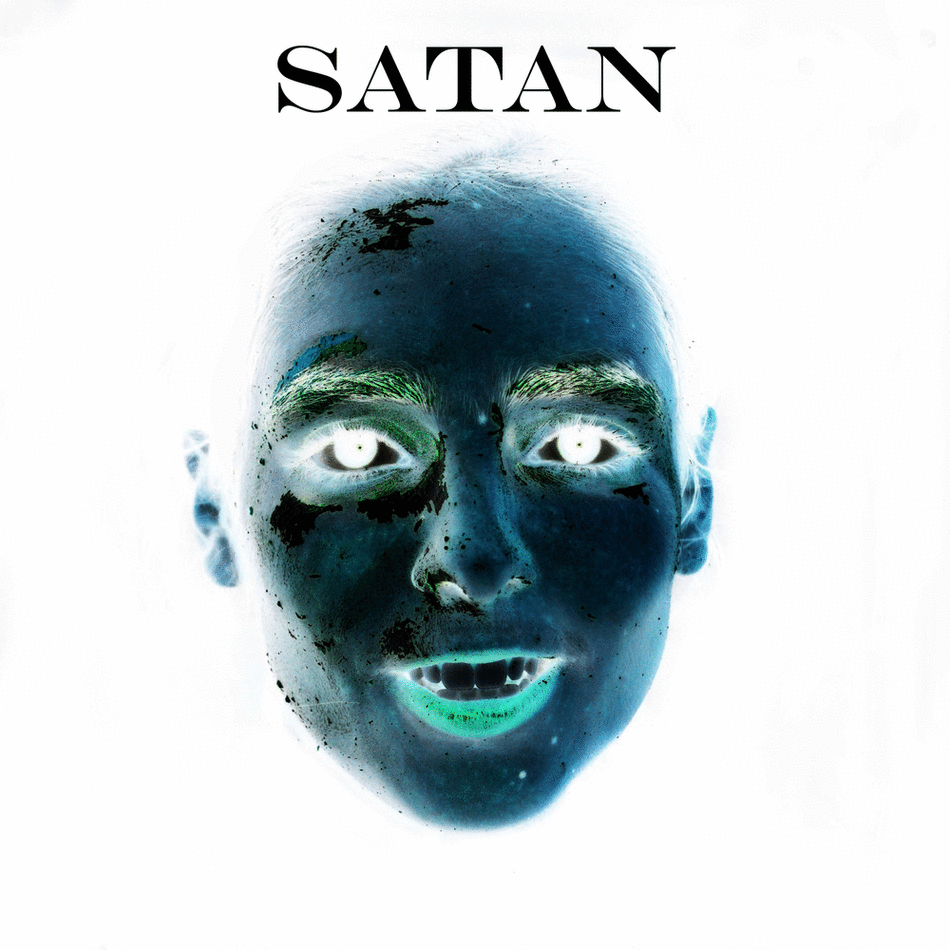

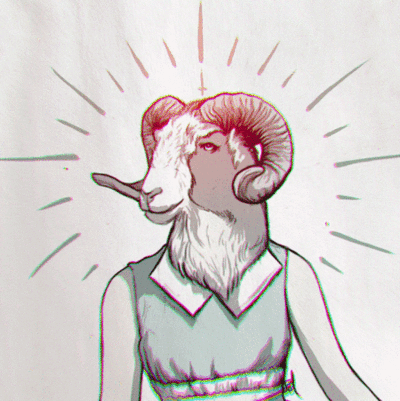
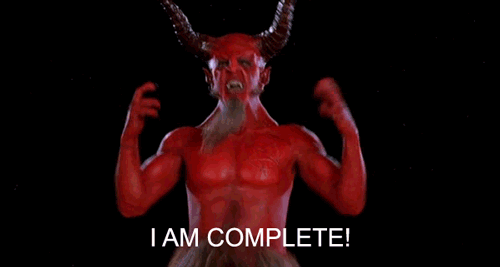

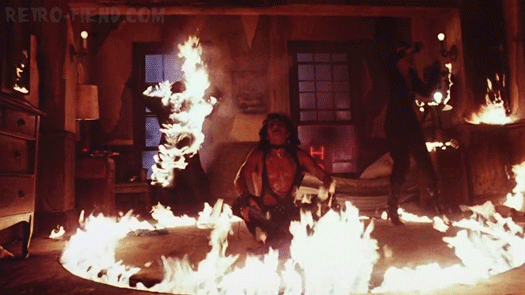
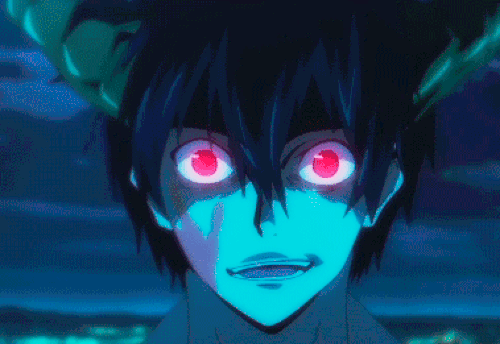
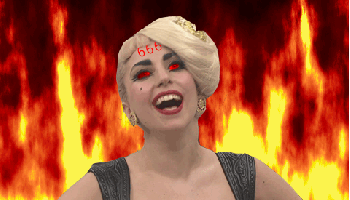
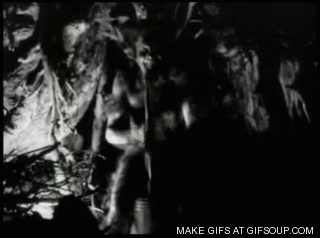
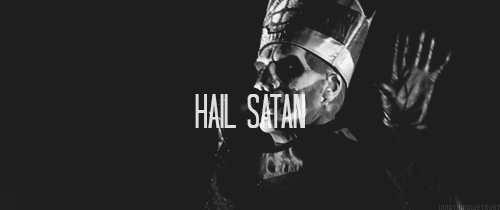
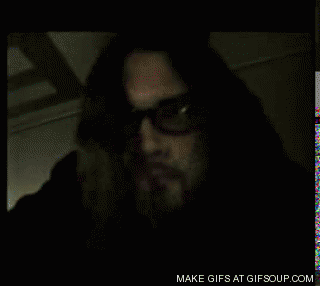
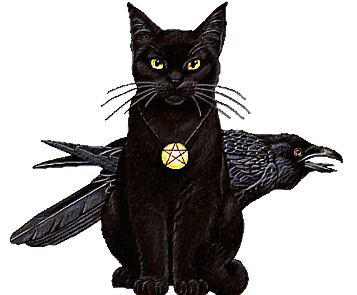
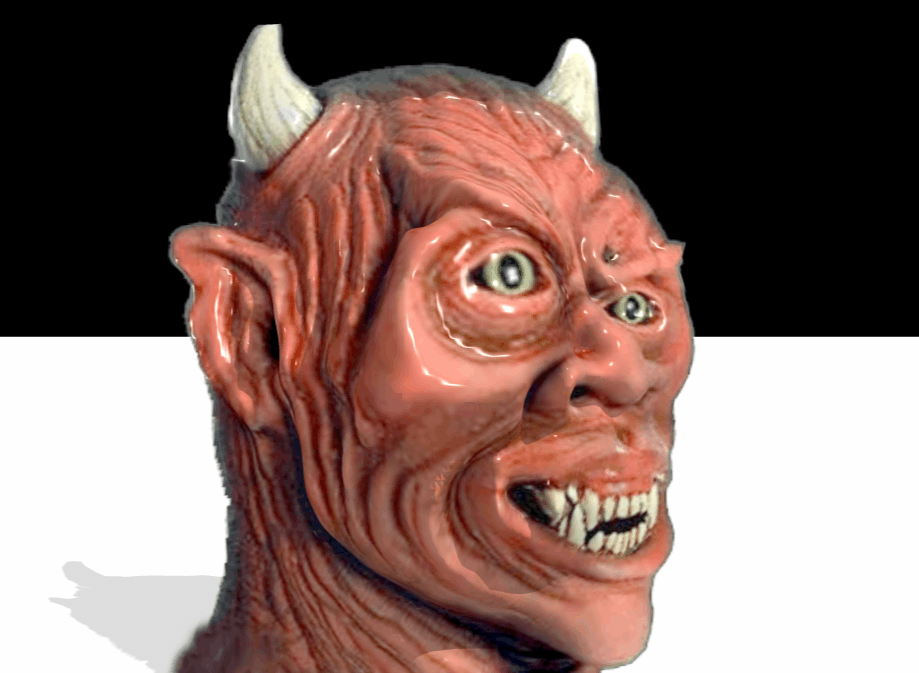
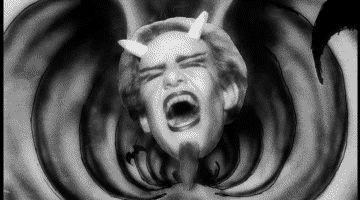
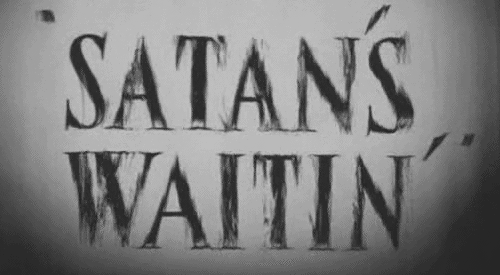
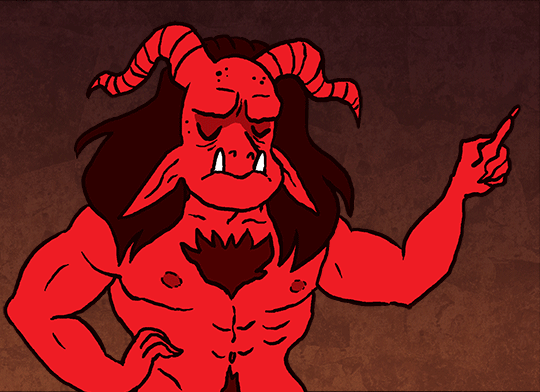
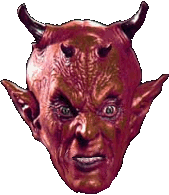
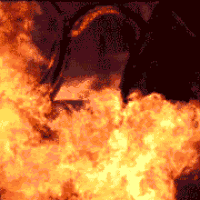
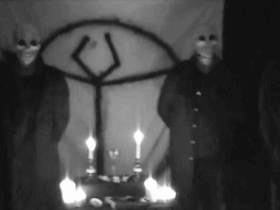


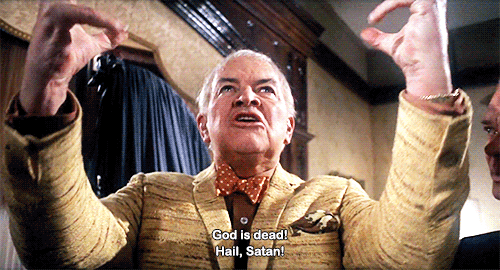
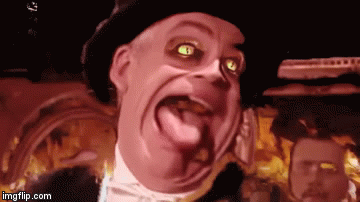



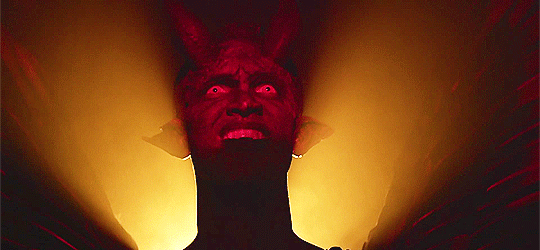
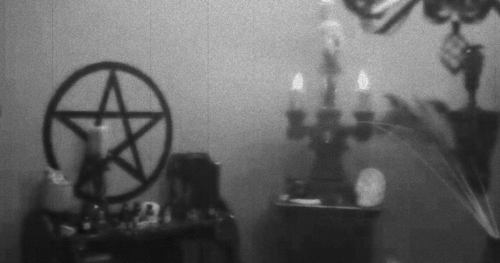
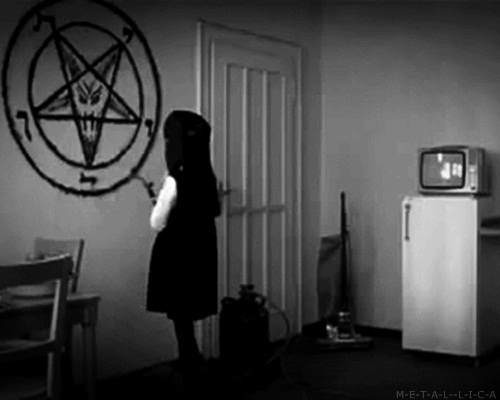

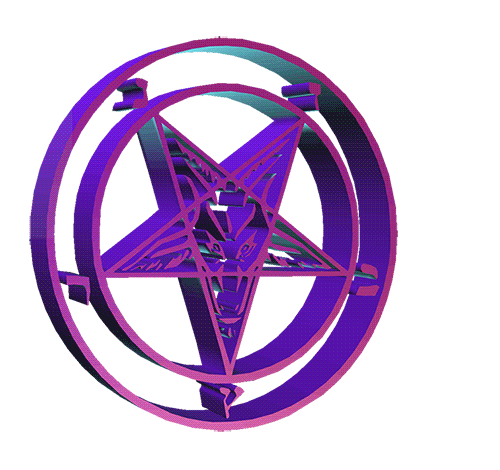
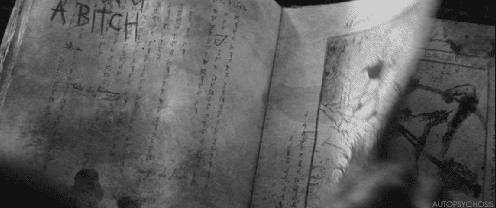
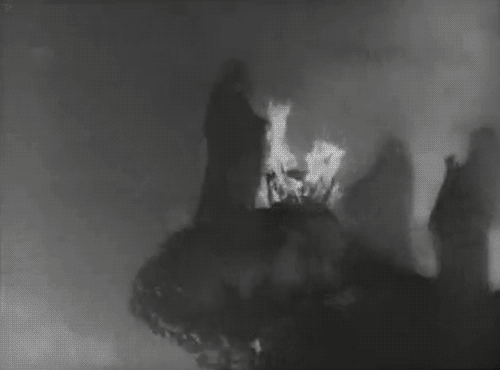


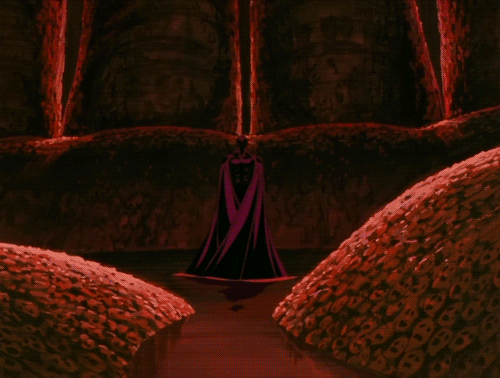
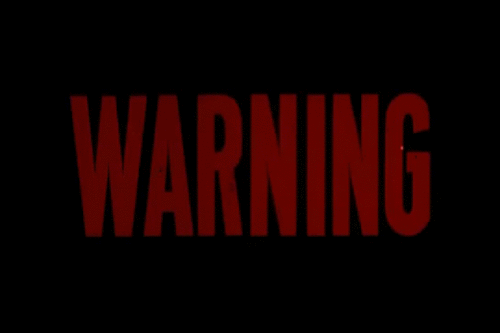
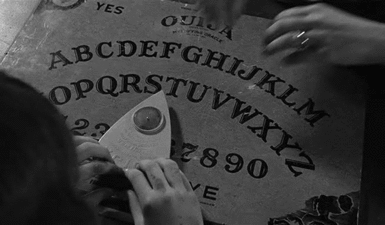
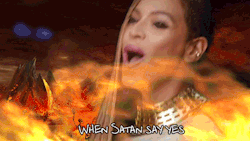
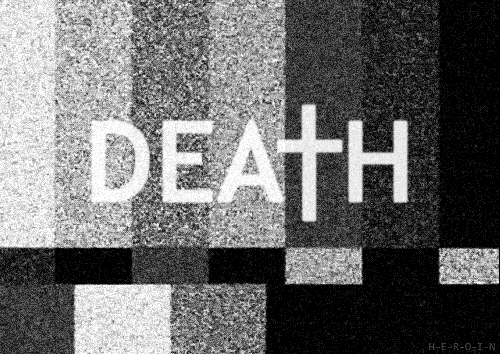
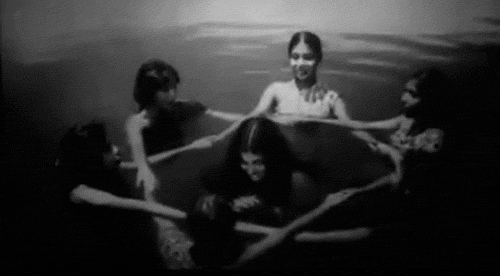
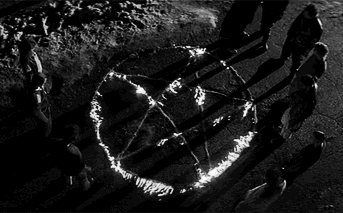
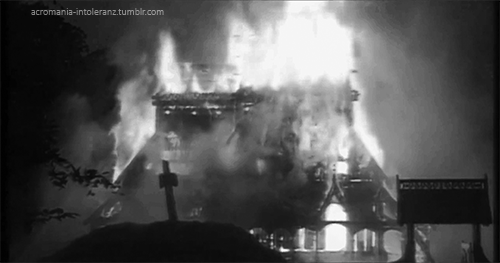
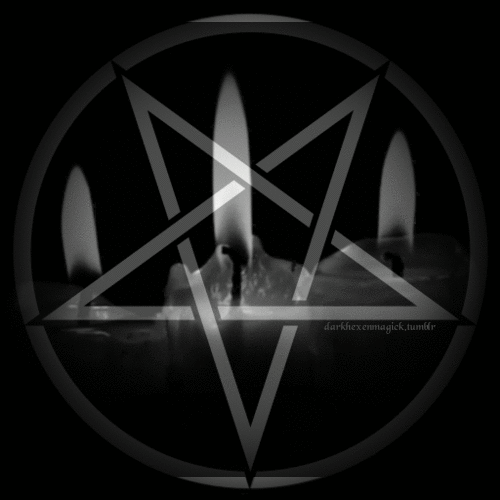

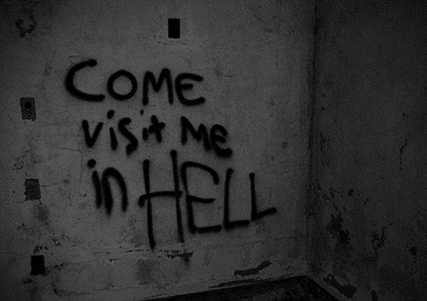
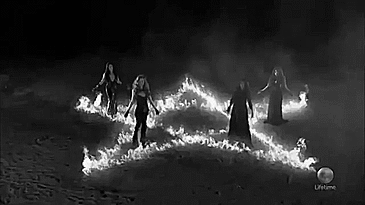
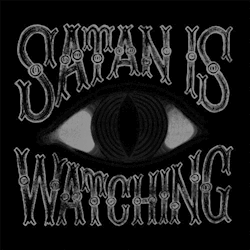
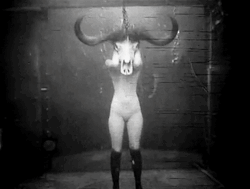
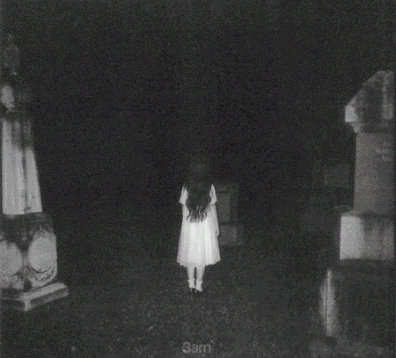
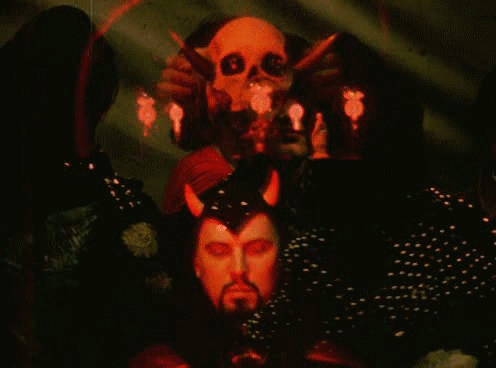
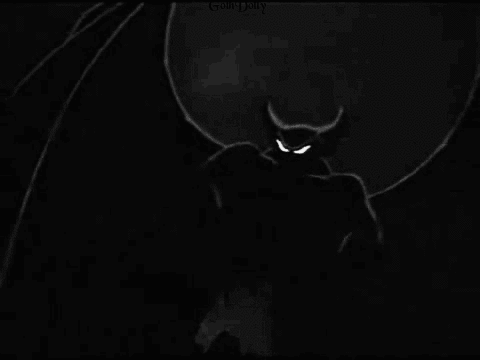
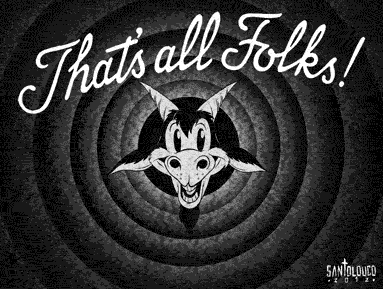
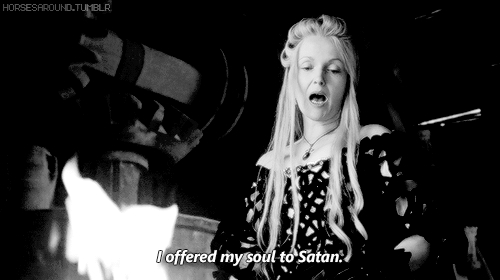
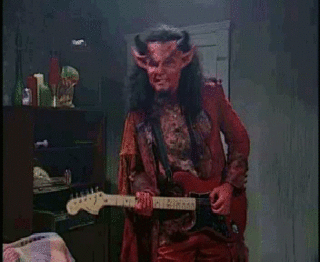
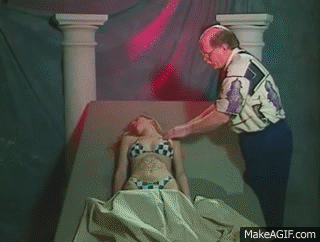

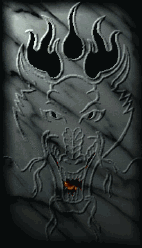
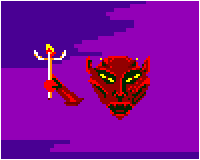


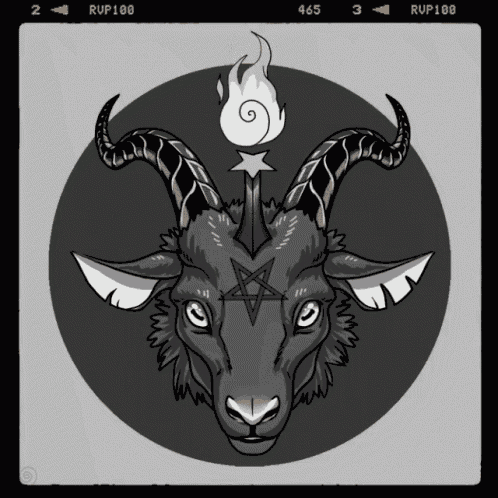
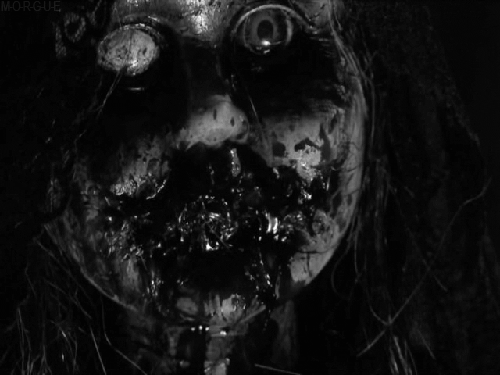


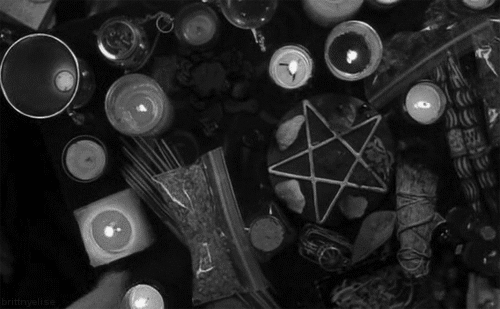

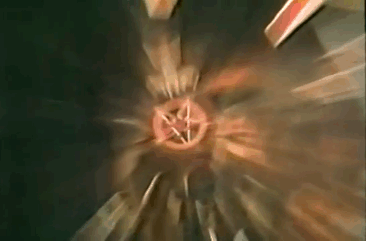
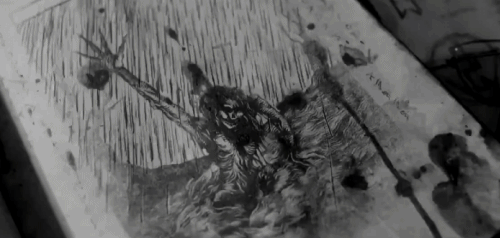
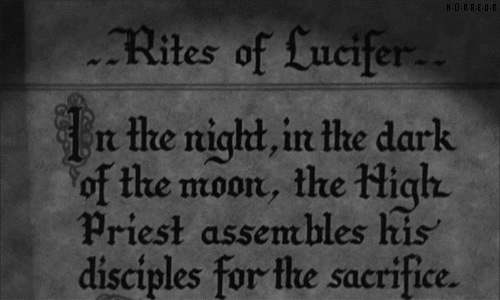
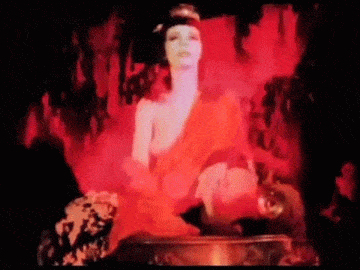
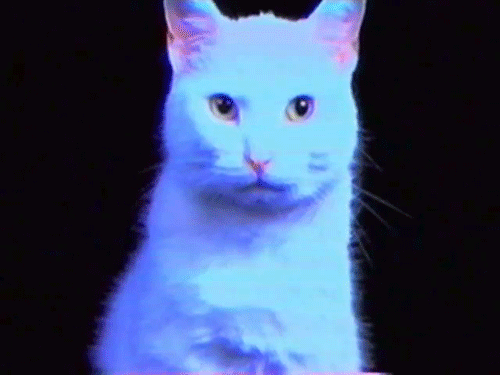
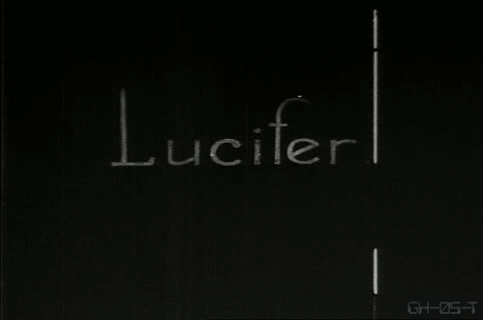
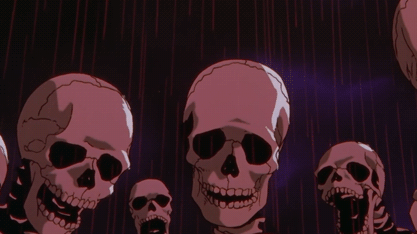
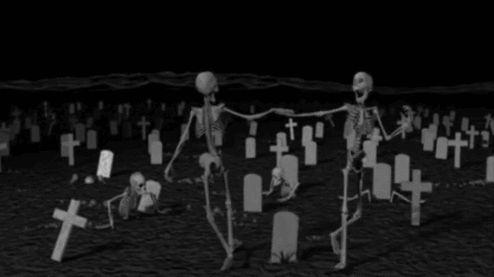
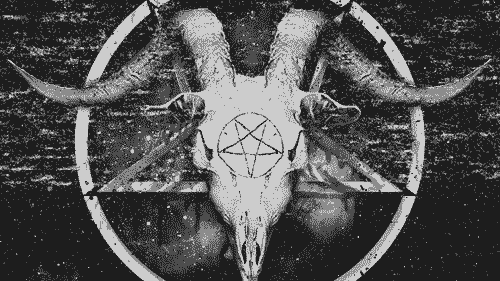


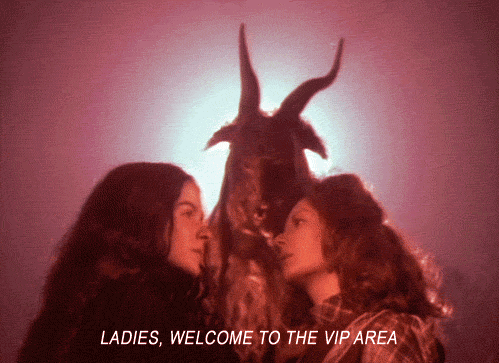
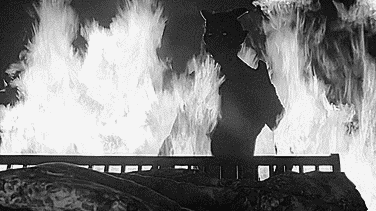

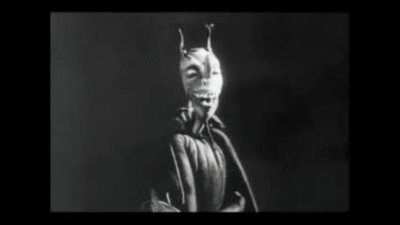
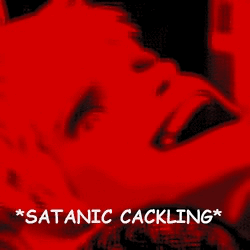


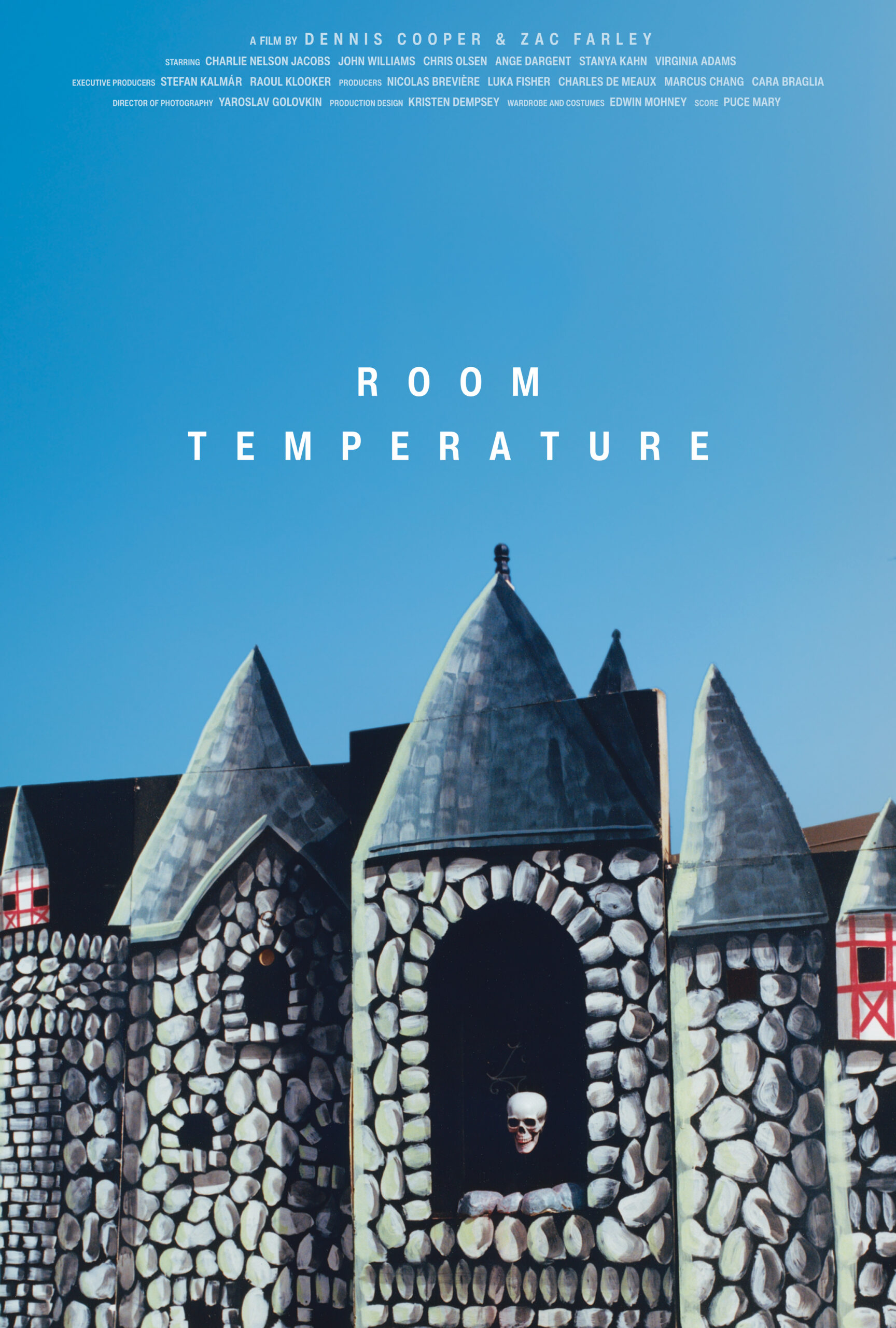



 Now available in North America
Now available in North America 